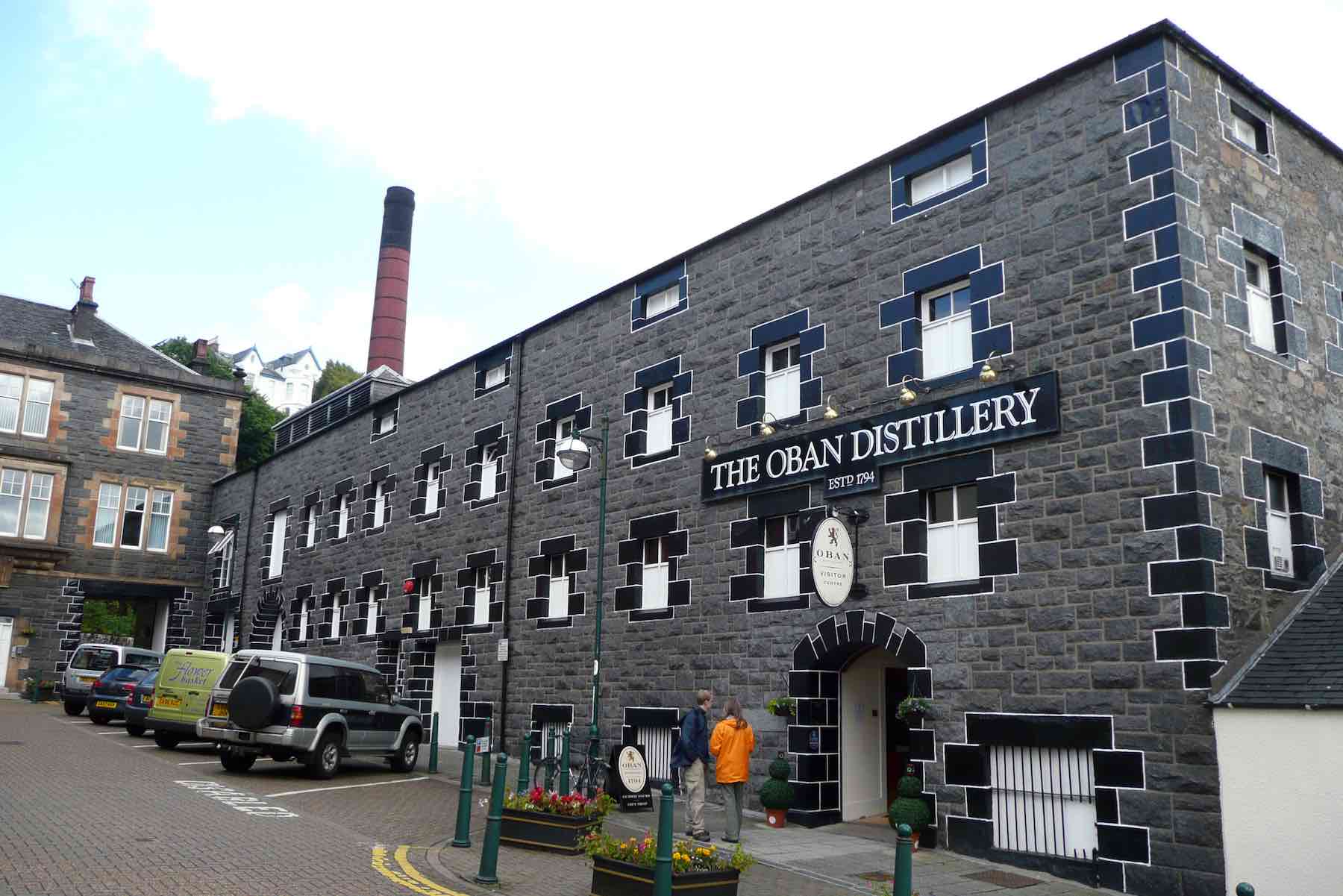
Diageo's Classic Malts of Scotland
How do you make single malt bottlings more popular?
Some 27 single malt distilleries producing around 40% of all malt whisky was a great asset. Market share of these malt whiskies as single malt bottlings was about 2%. Guess, like my school reports, the term ‘room for improvement’ comes to mind!
Back in the late 80s with Michael Jackson singing about Dirty Diana and Crocodile Dundee ruling the box office, the only single malt making an impact was Glenfiddich. Glen Grant was also popular but only in one country, Italy, go figure. There were other whisky’s available but brands like Macallan, Glenmorangie or Glenfarclas were struggling to gain traction. Wallace Milroy’s Malt Shop in London’s west end was a solitary offering for retail malt whisky and catered for a few early converts.
Nobody really understood Malt Whisky. The trade were pretty indifferent and various bottlings of single malt from a consumer perspective were difficult to comprehend.
So how do you help potential customers understand and engage with the many and various differences in style and taste offered by the 27 wildly different distilleries? At this point, all of them were essentially the malt whisky components in famous blends like J.Walker or Dewars and not really available as single malts, with the odd exception.
Marketing whisky, like wine: celebrating the differences

The ‘ah hah’ moment came when the comparison was made with wine. Wine labelling was a morass for many until the grape type was used on the label. Could taste and regionality work equally well for malt whisky? Take the best regional distilleries and explain the difference and flavours, making it easier to comprehend...
To meet these challenges Classic Malts as a new approach was developed using the foundation of regionality and launched in 1989 creating a new genre of Malt Whisky - a voyage of discovery that drew inspiration from many sources. This approach would open the door to malt whisky appreciation and make the malt category much easier to explain and explore.
Starting with a new, more contemporary approach to each of the whiskies we decided to use pastel colours and differing graphic styles to fuse together proud heritage with contemporary craft values. Then we applied these ‘classic values’ to all of the chosen distilleries and their whiskies so they could share both their individual stories and how they combine together to make malt whisky more understandable and enjoyable. The journey of discovery had begun.
The pen & ink sketches of Alfred Wainwright who made the Yorkshire Moors come alive was a cue for the sketches used in the discovery material. Equally the pastel colours used in the labels conveyed a sense of enduring craftsmanship.

Which distilleries to choose for the Classic Malts?
The only point of contention was: which whisky’s do we highlight as being the best of the regions?
How do you choose 6 distilleries from nearly 30? What did GlenKinchie have over Rosebank? What whisky do you choose for Lagavulin, Oban or Talisker & which style do you select for Cragganmore. Many a late night, over quite a few drams, was spent discussing this.
To make our choices, we used a combination of criteria.
First up, the style and flavour of each distillery whisky. What mature stock was available? What kind of barrel regimes had been used? What was the location, reputation and individual distillery history? What did it look like & was it appealing for potential visitors?
Decisions were made using a combination of available information, personal opinion and great stories about the founding and evolution of the distillery and the generations of distillers and craftsmen that forged its reputation.
The final 6: Oban, Lagavulin, Talisker, Dalwhinne, Cragganmore, GlenKinchie
The final 6 chosen shared all of the required traits to launch the series. Oban sitting on the wharf with its ‘amphitheatre folly’ on the skyline, Lagavulin the King of Isla on its sea lagoon and Talisker based on the isle of Skye and famously RL Stevenson’s favourite dram. Remote and chilly Dalwhinnie, the highest distillery, sitting in its snow capped landscape, Cragganmore the masterpiece of John Smith in Speyside and the jewel of the Lowlands, GlenKinchie.
Now how do we send these magnificent drams to market?
Put all six bottles together and use them as a conversation piece in a bar. That was a difficult concept to start with… “you want to do what?” was the initial reaction. But, it was a breakthrough concept which allowed the Classic Malts to become centre stage from the outset.

To this day you can have a conversation that will last into the small hours trying to pick a favourite or justify why the smoke from one sits better than the creamy finish of another. Suffice to say that Classic Malts opened up the world of Malt Whisky to a new generation of drinkers. It became an early legend and after 5 years had grown from 2 to 20% share of the world malt whisky market.
It was an adaptation of JFK’s quote that springs to mind: ‘Success has many Fathers but Failure is an orphan’.
It still is a source of immense satisfaction to be a Founding Father.
Another fork in the road of the whisky journey by Mike Collings, The Firkin Whisky Co Founder.
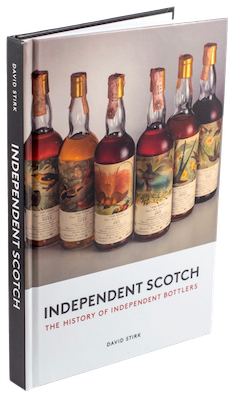
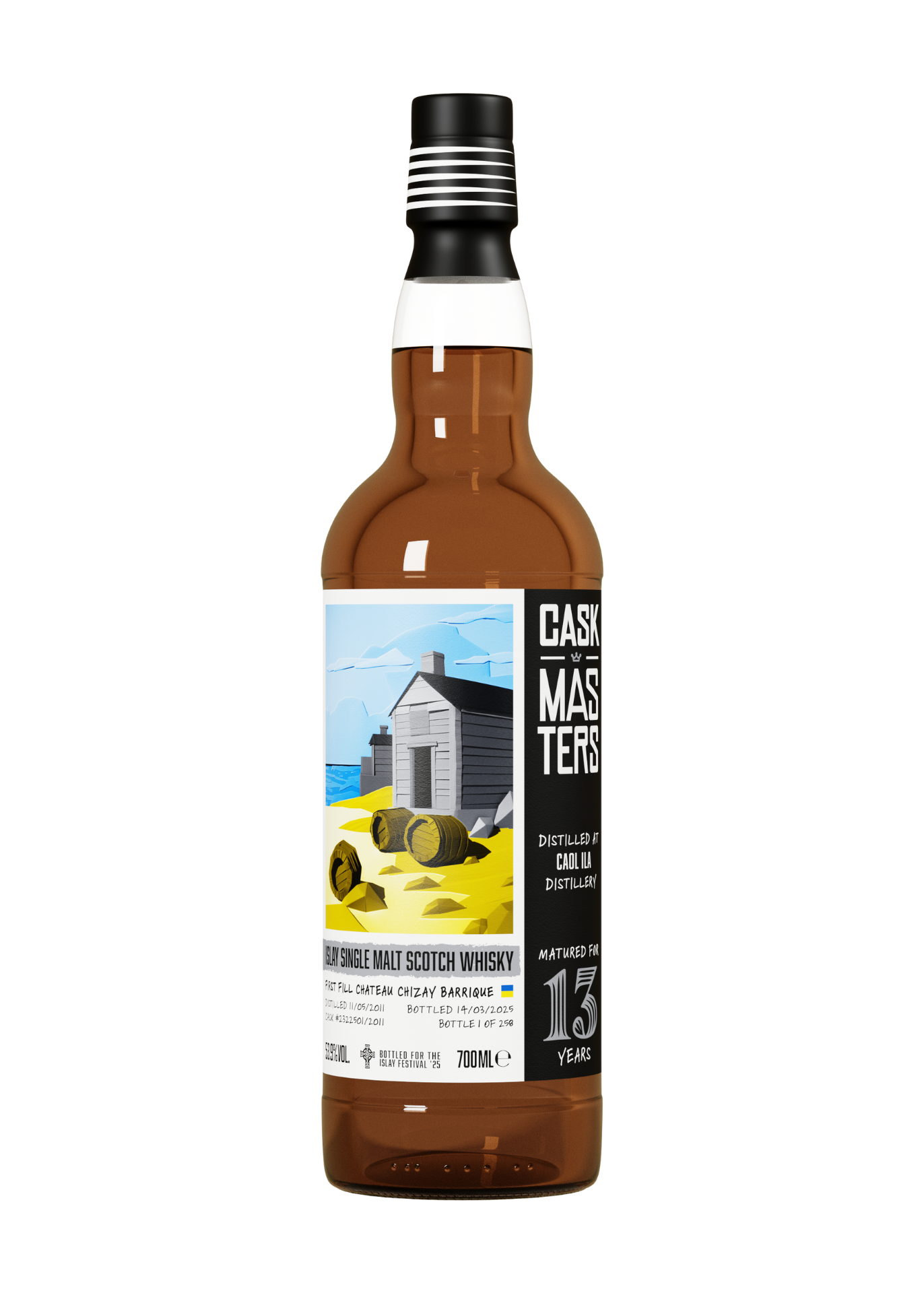
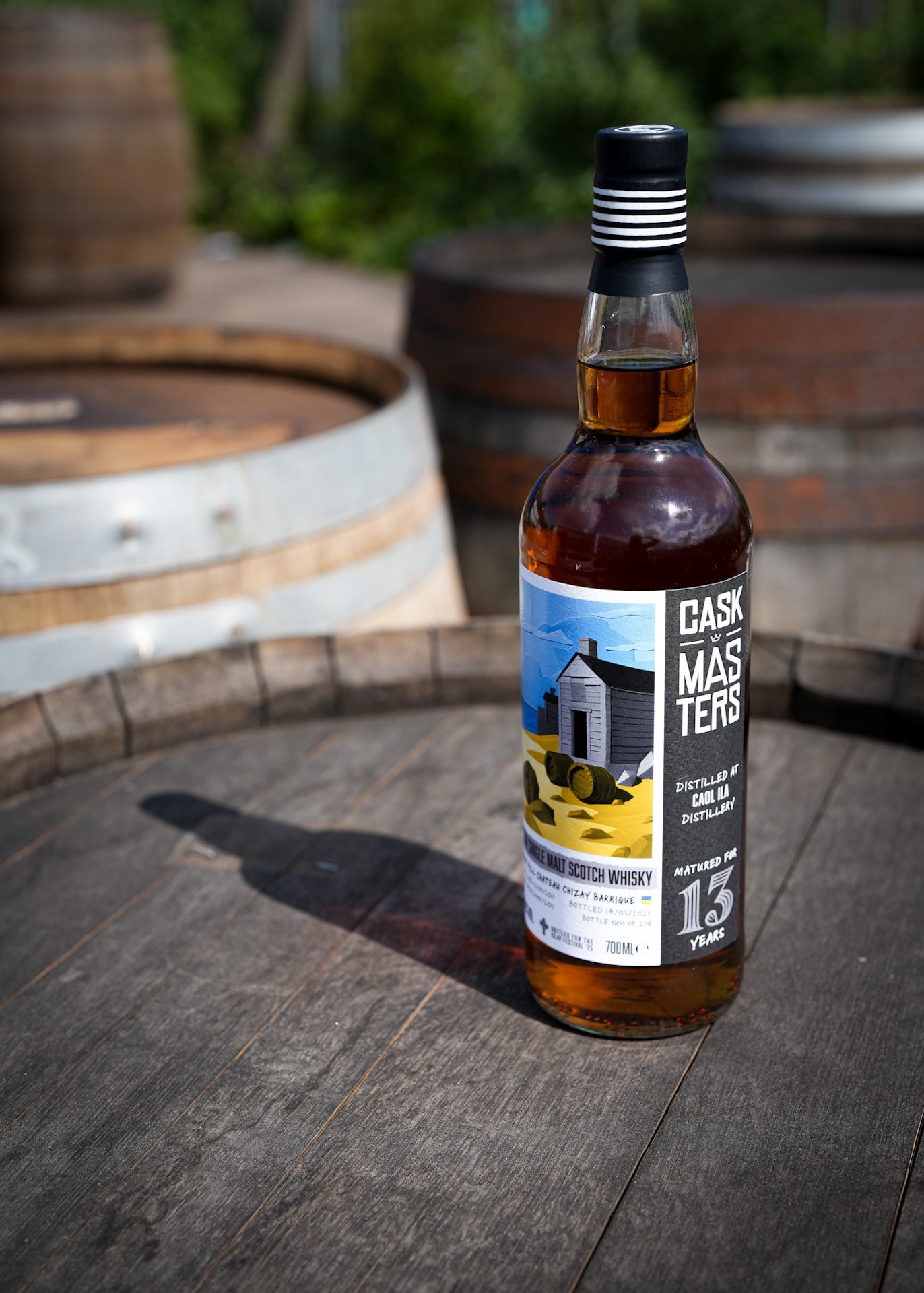
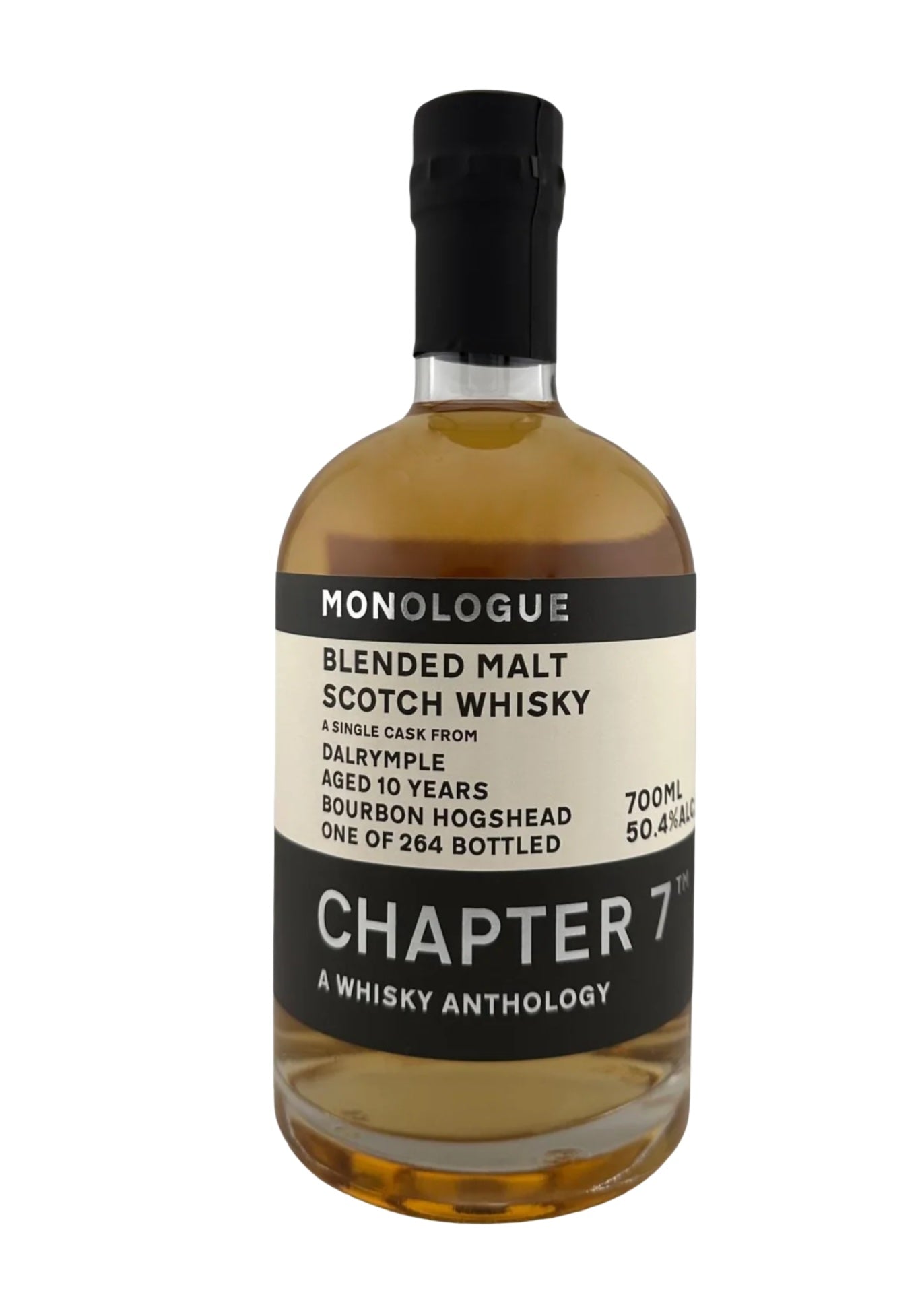
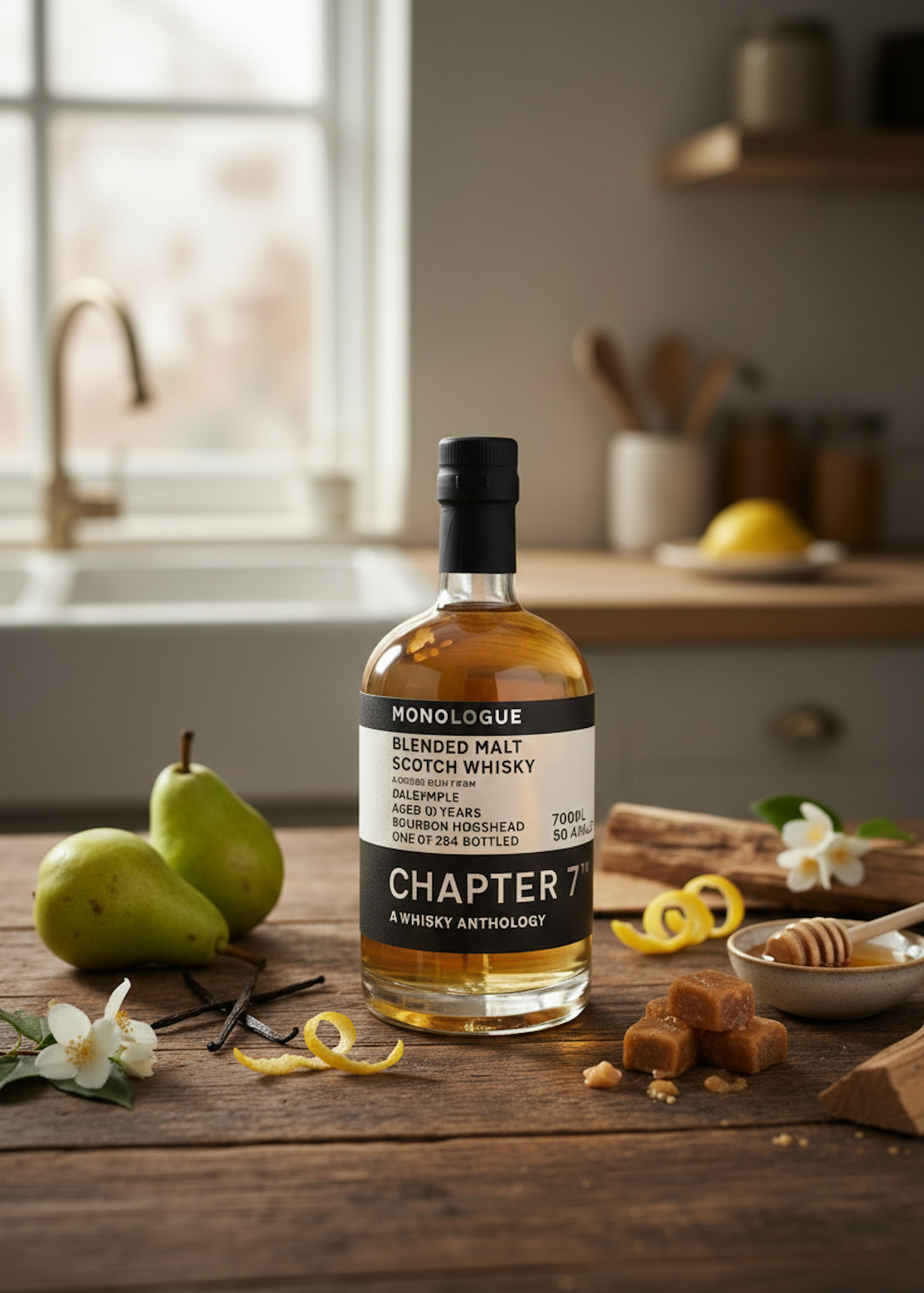
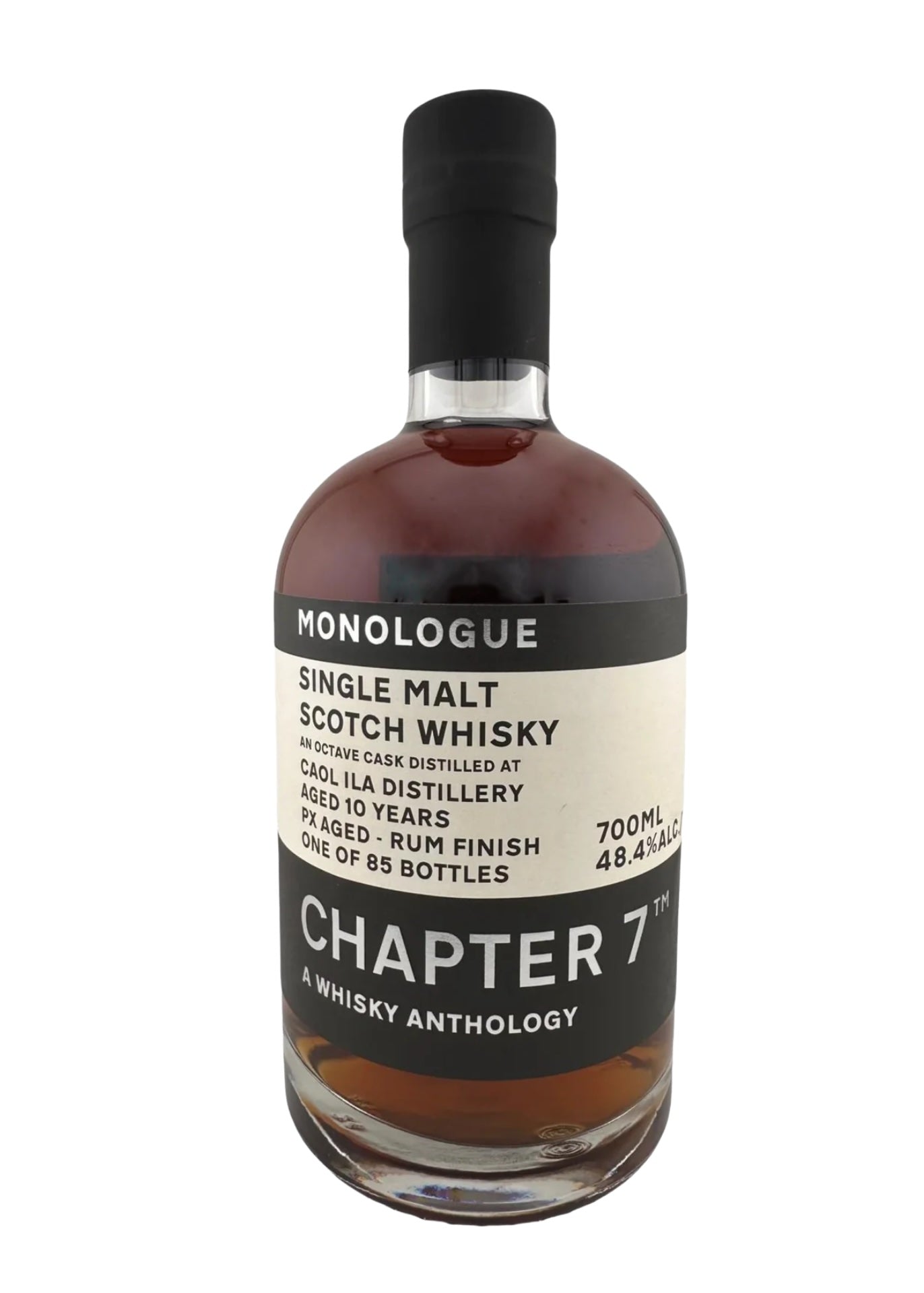
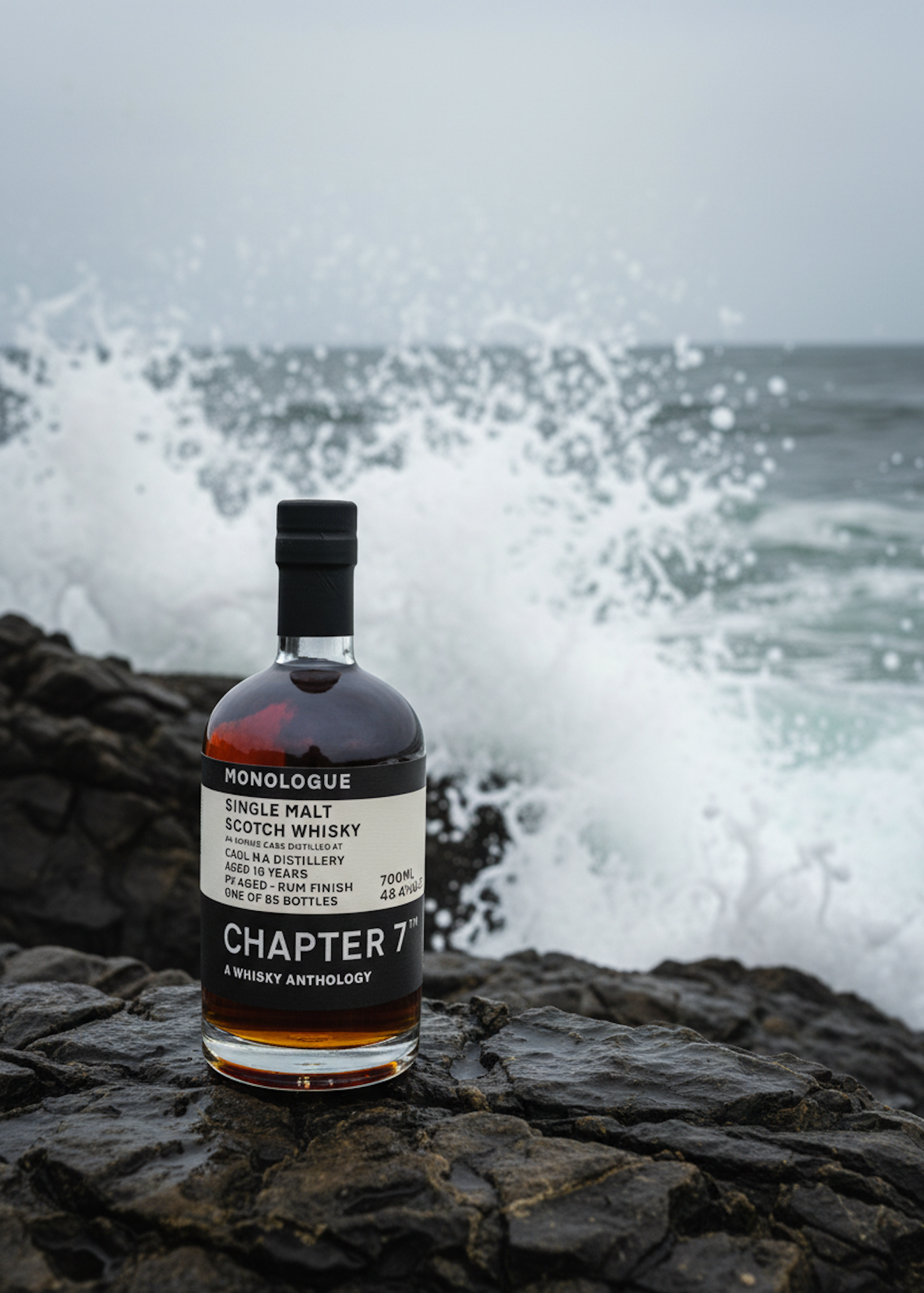
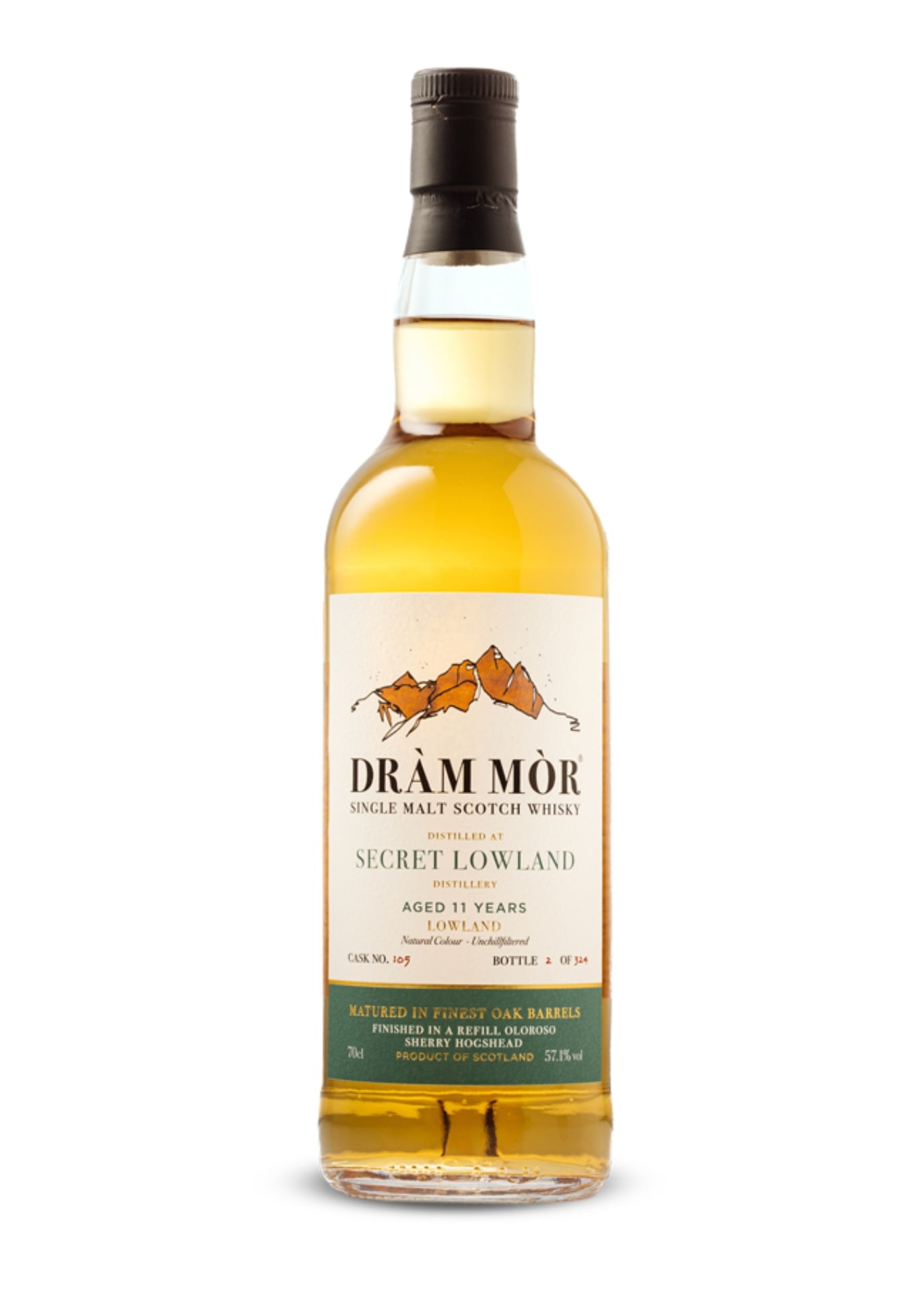
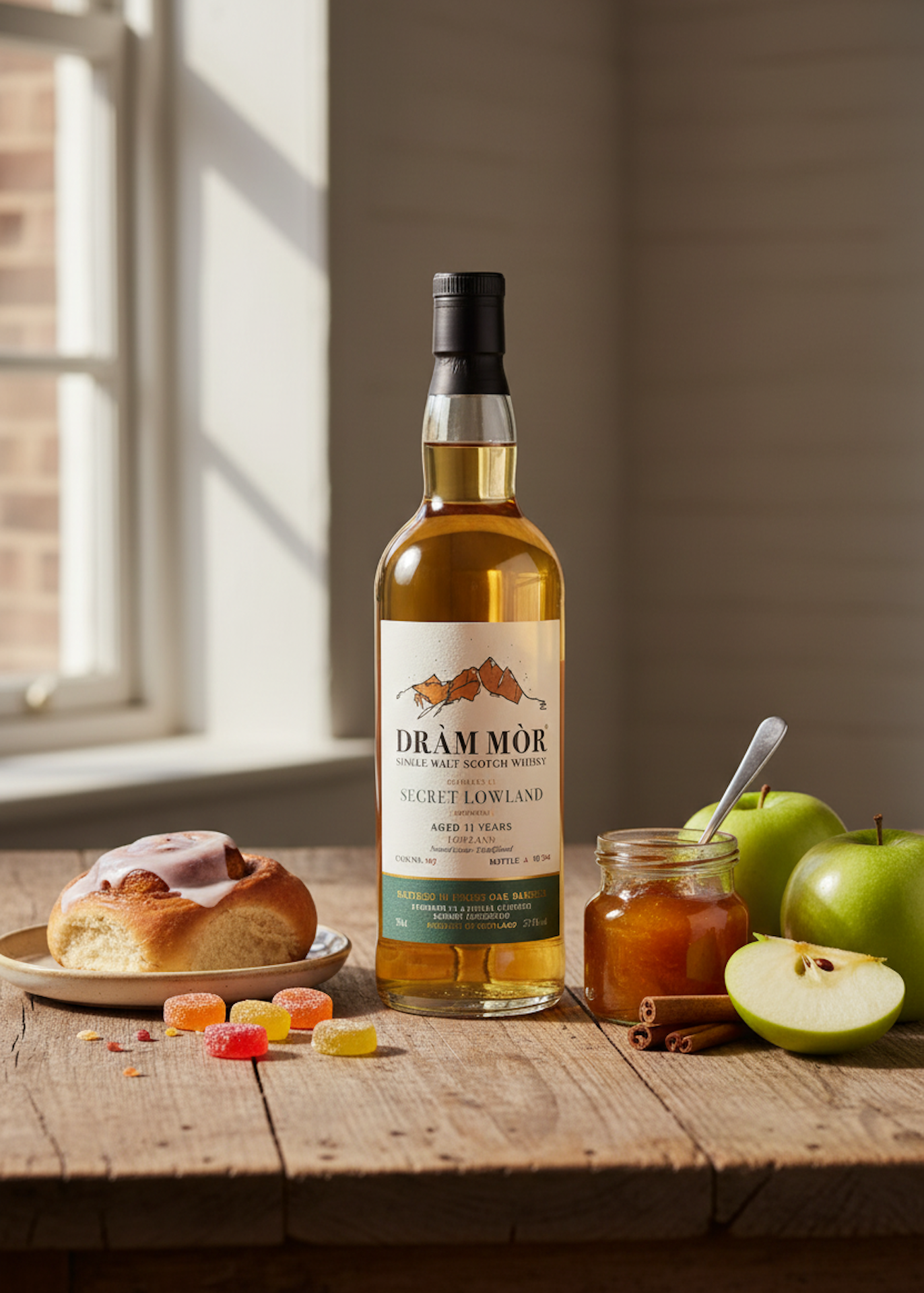
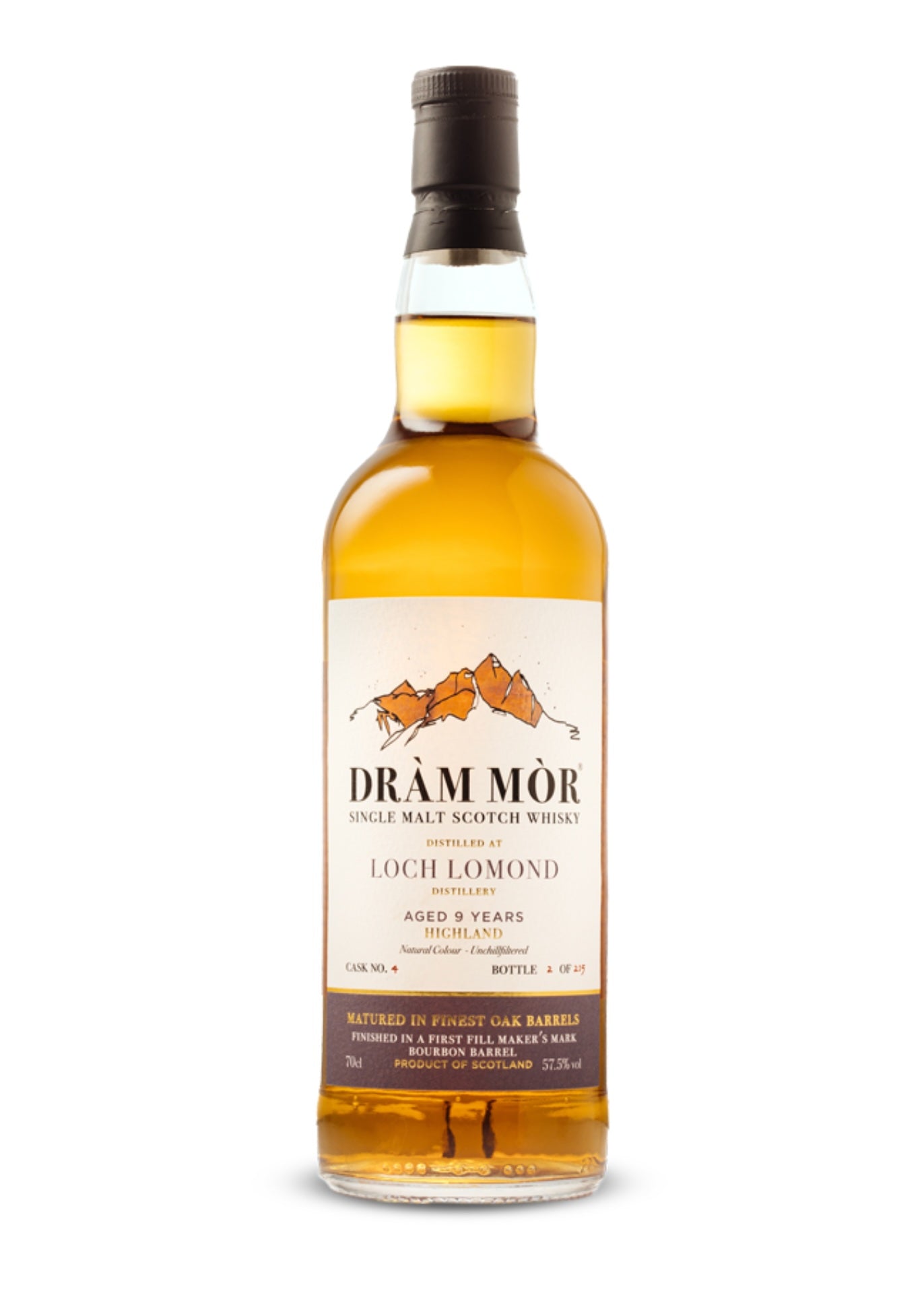
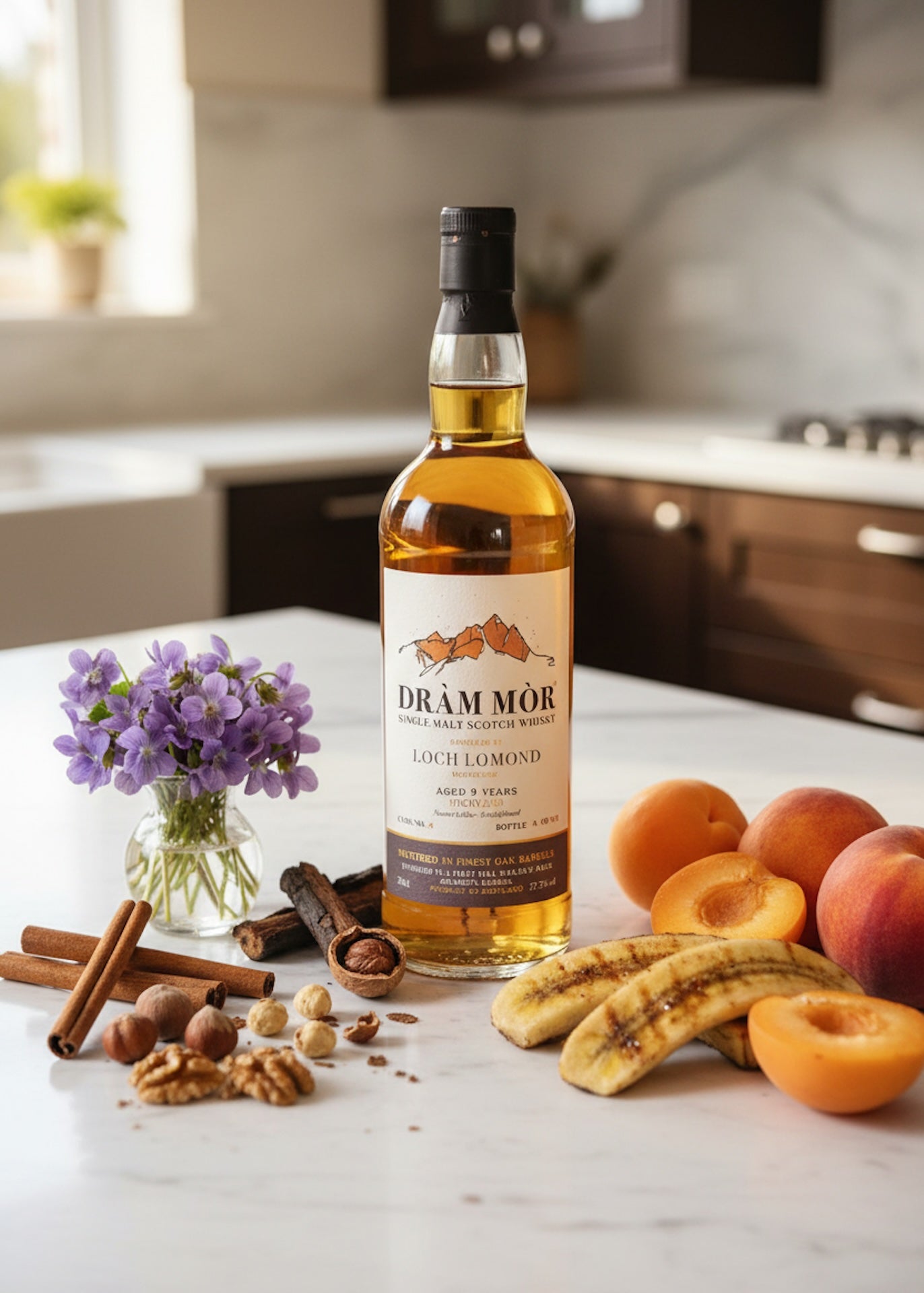
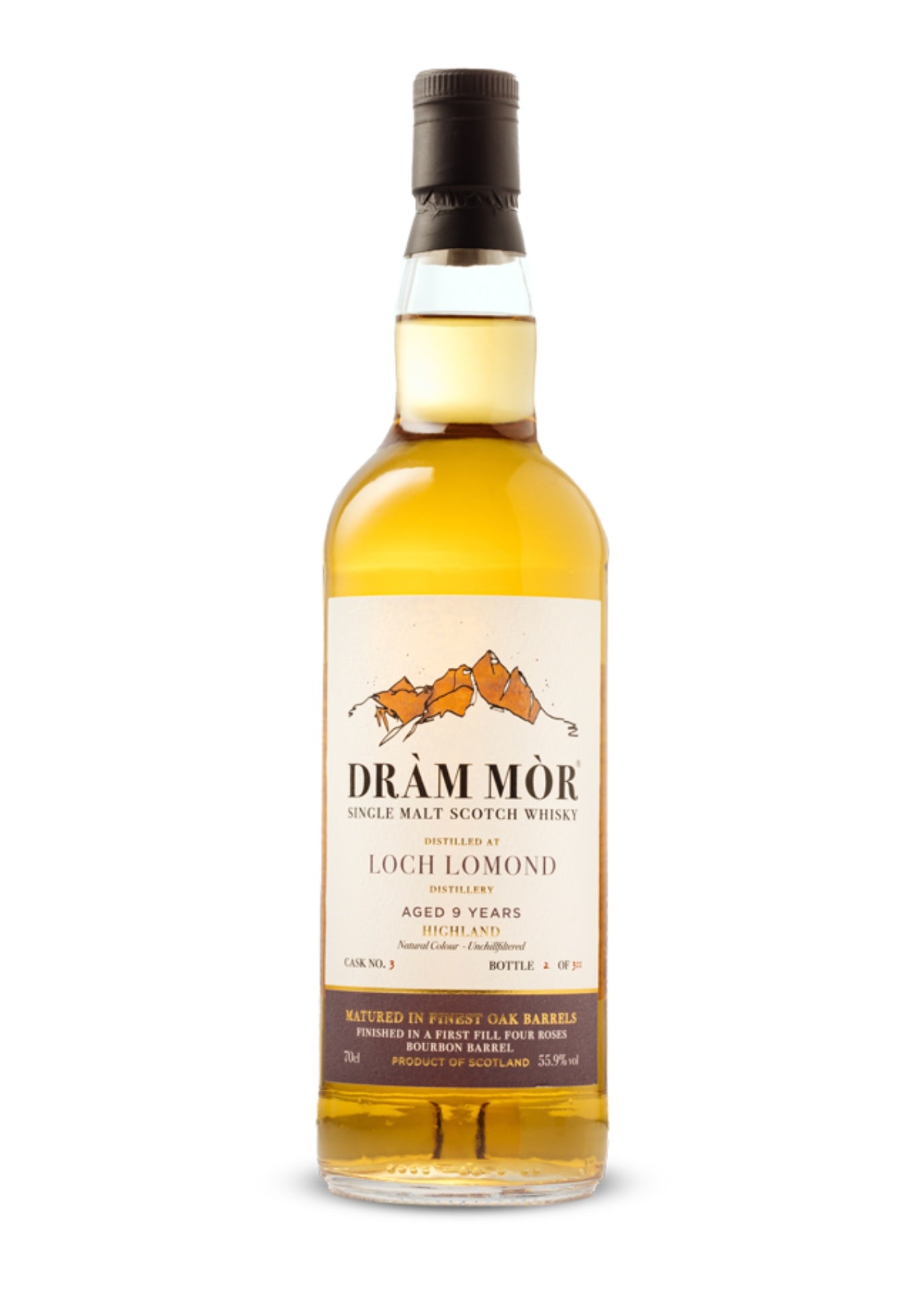
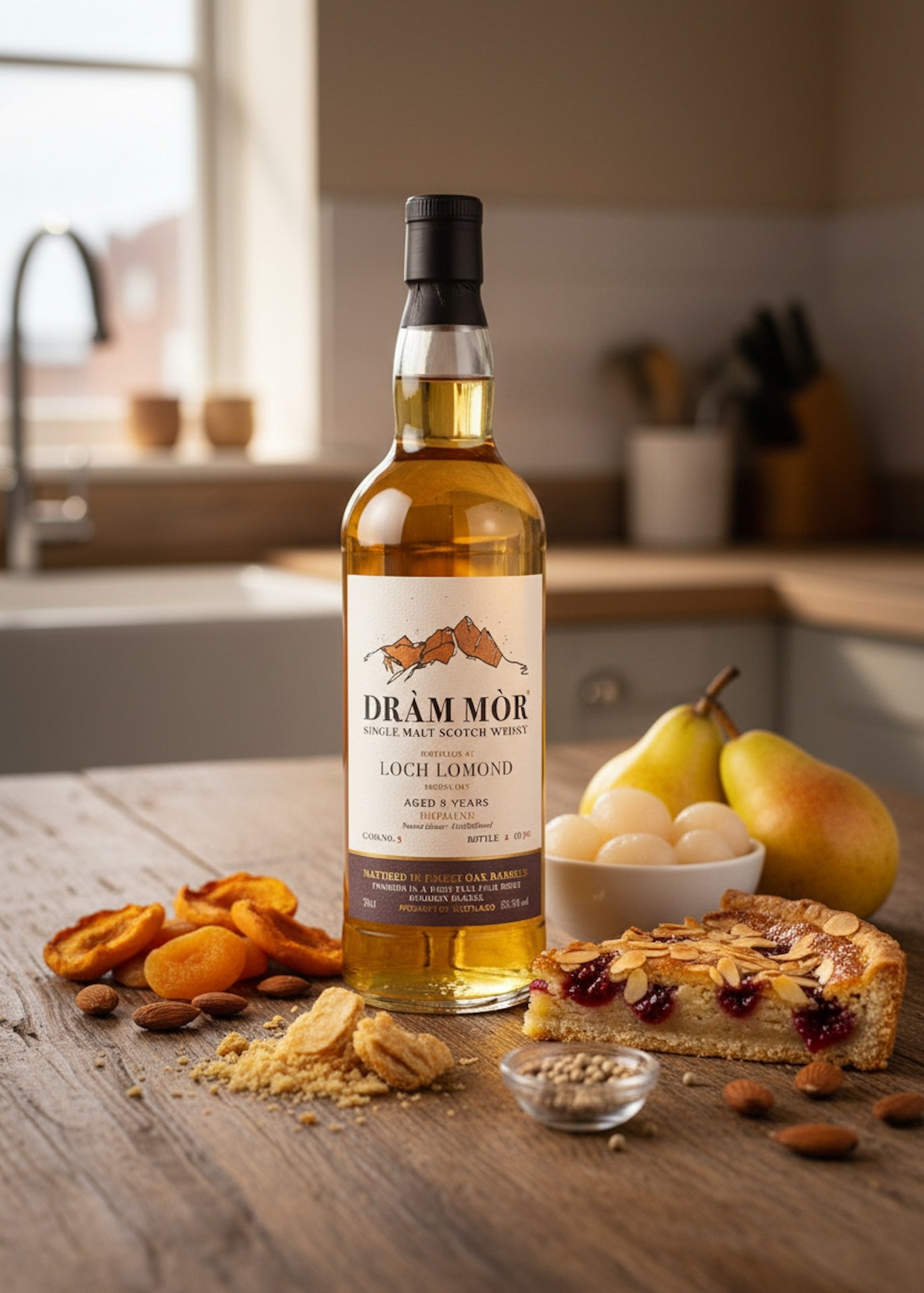
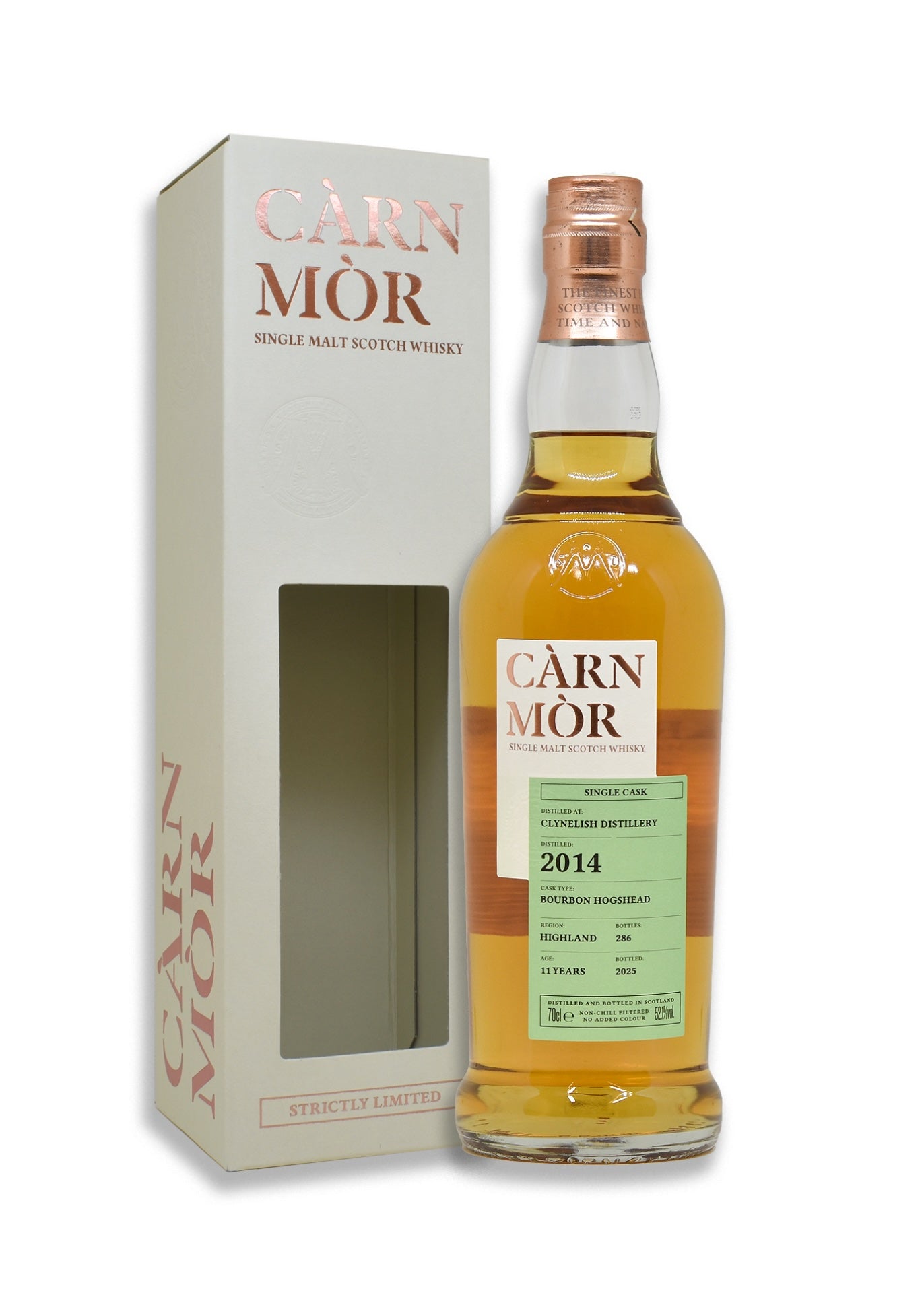
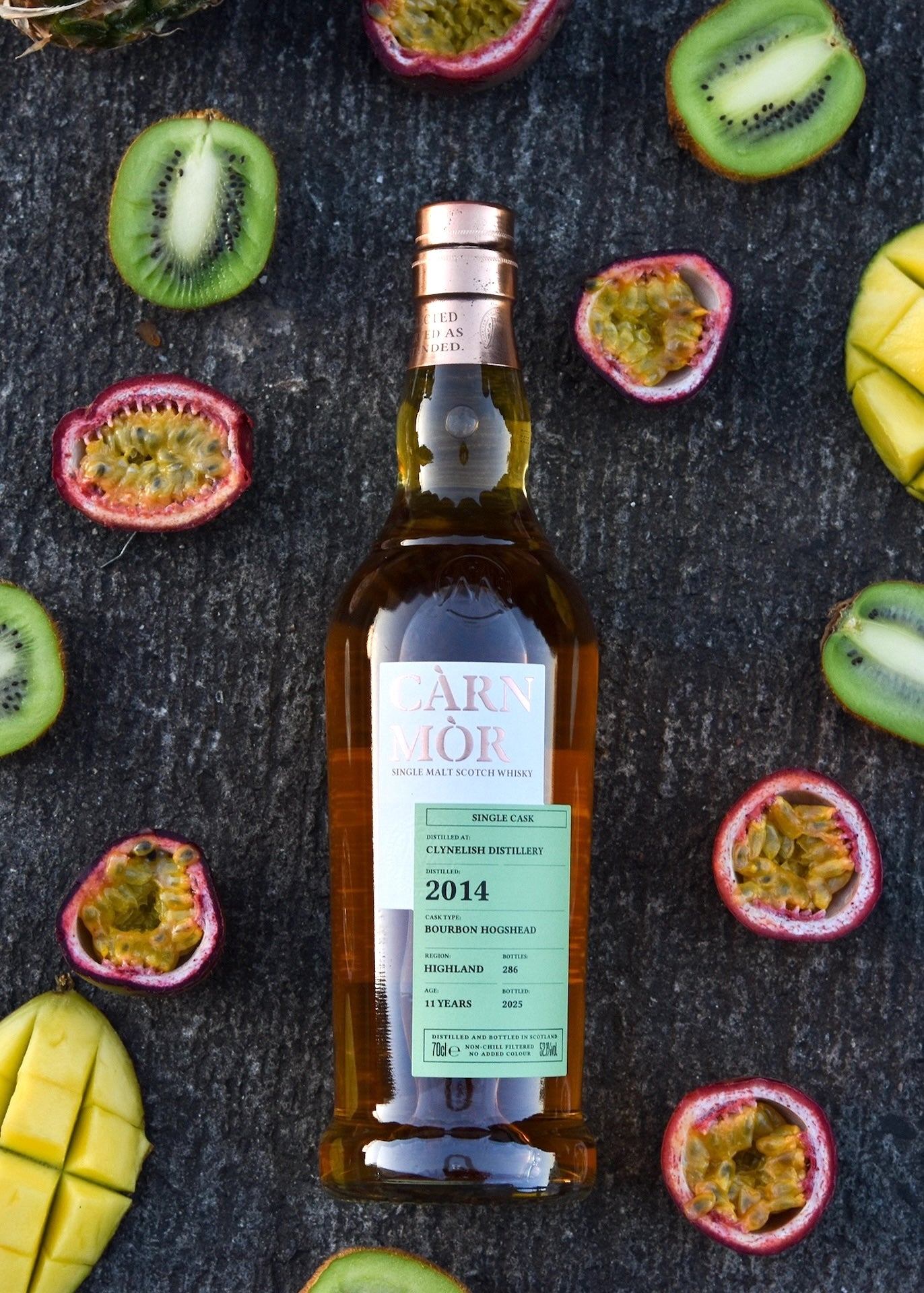
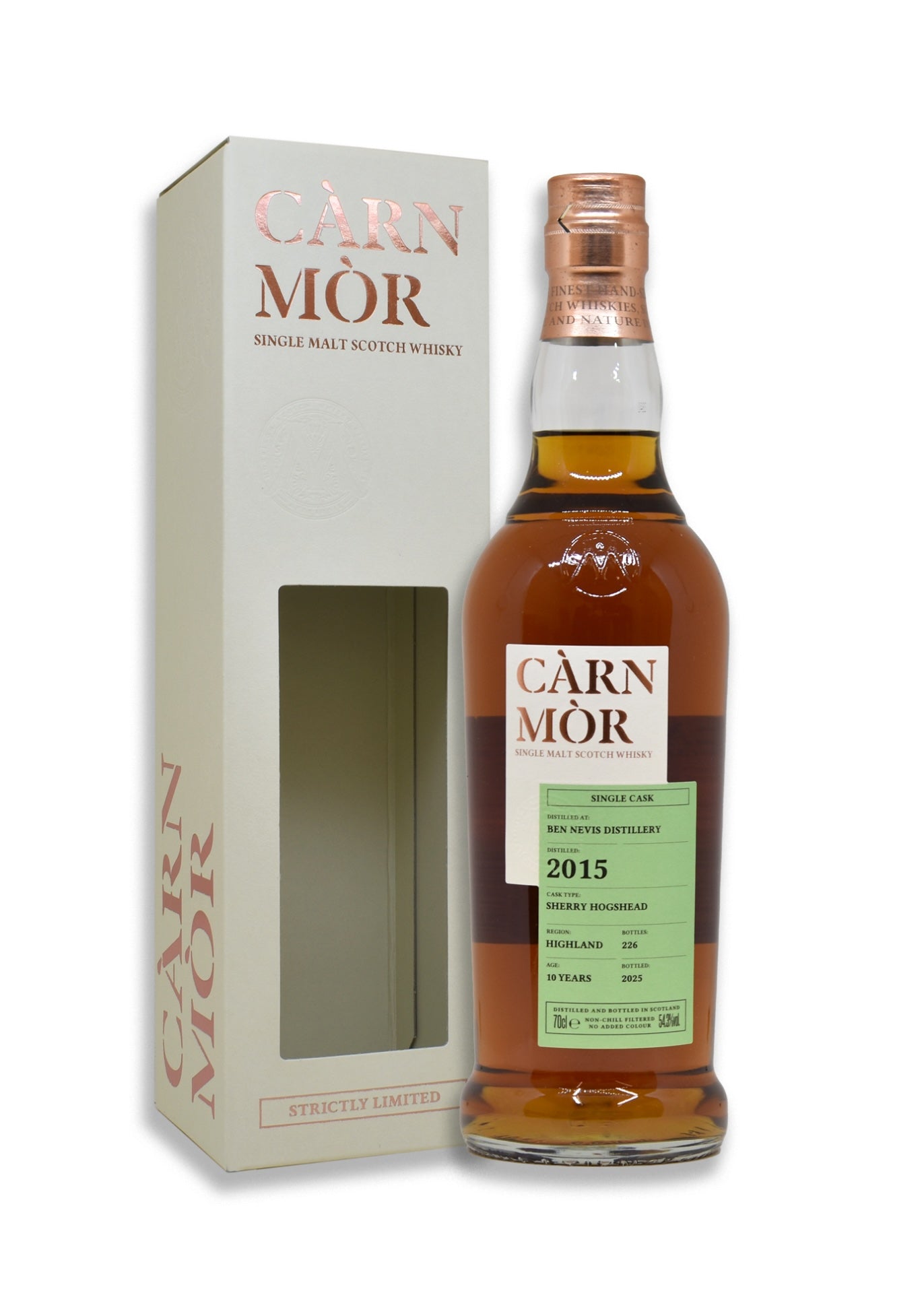
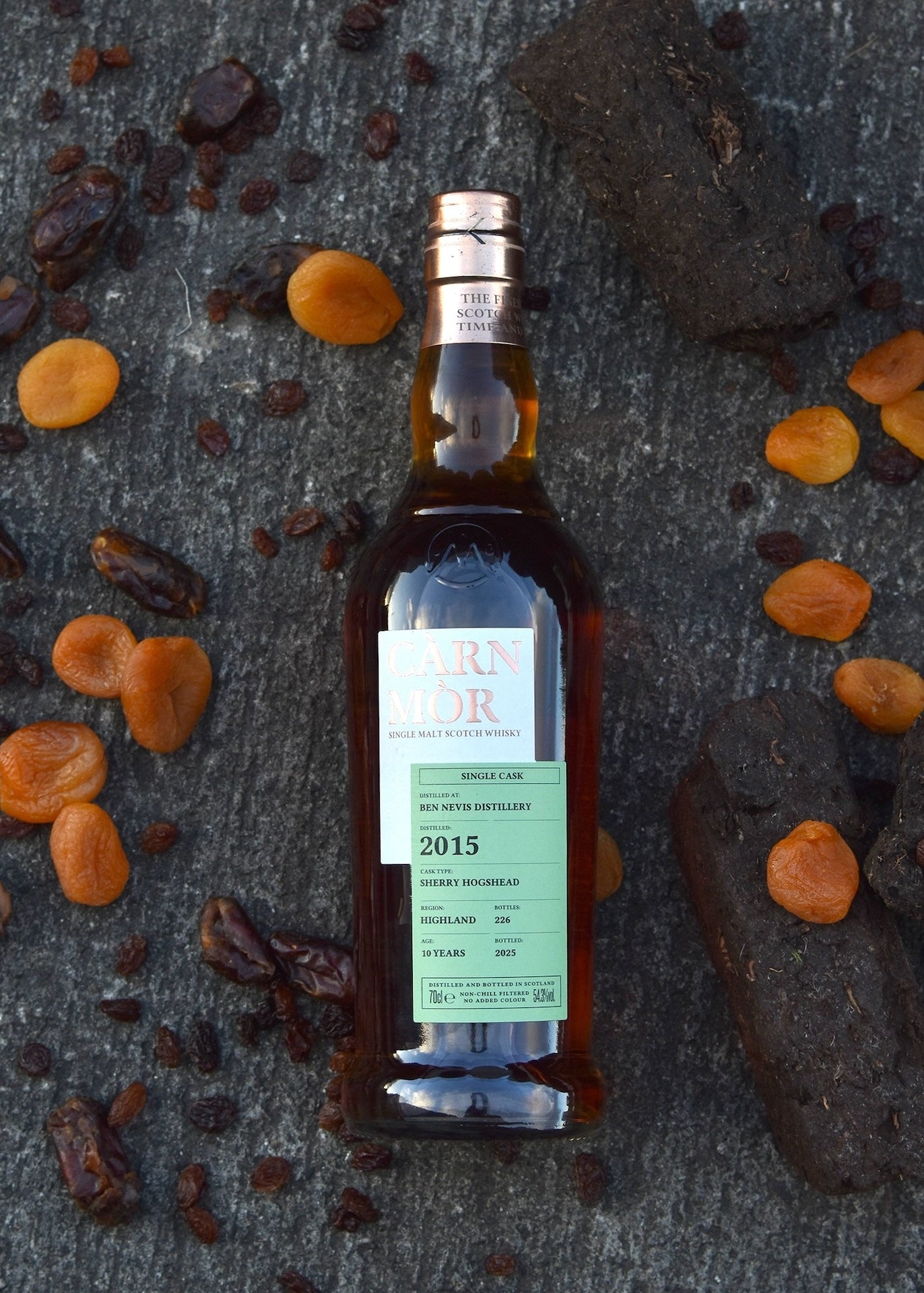
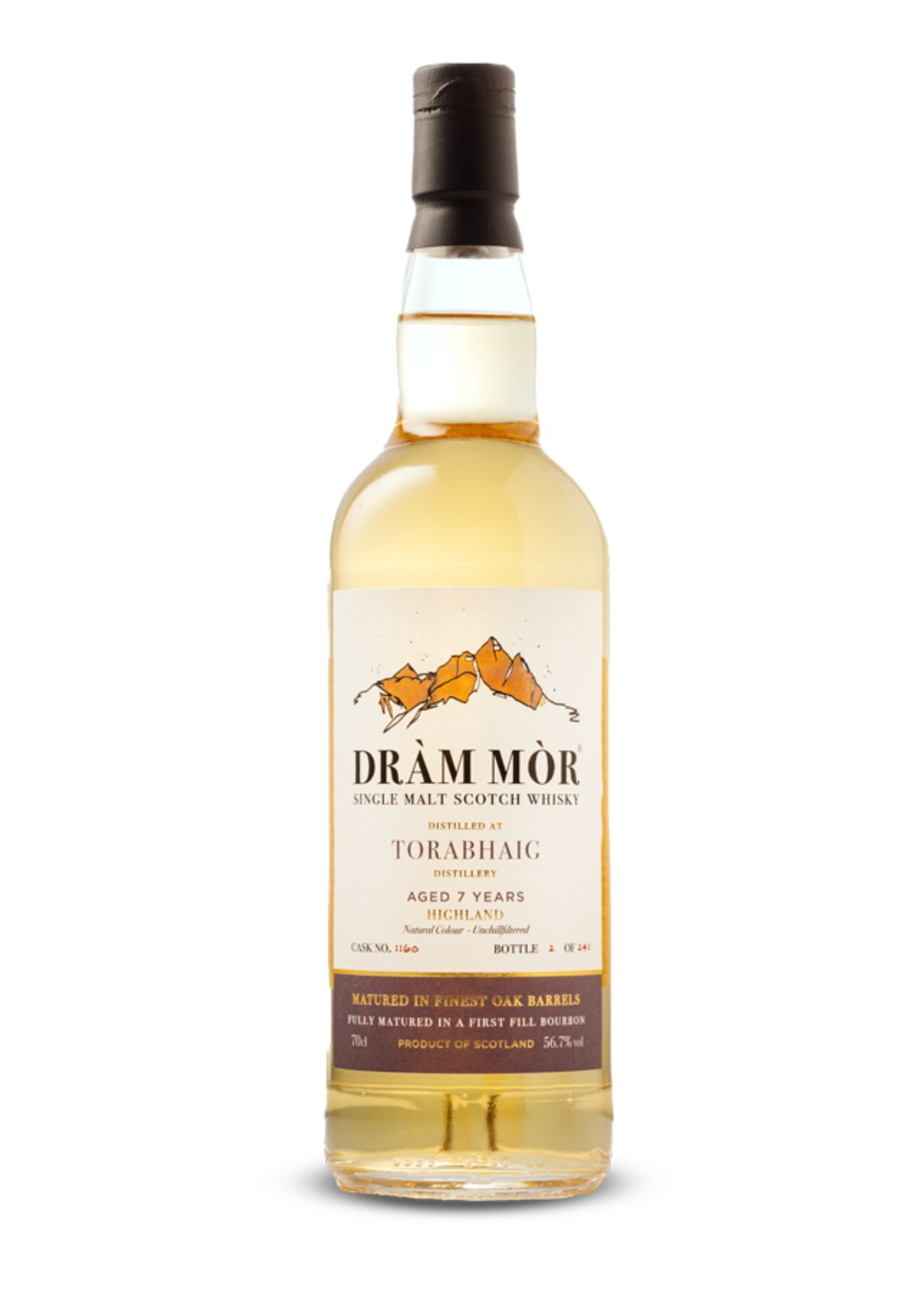
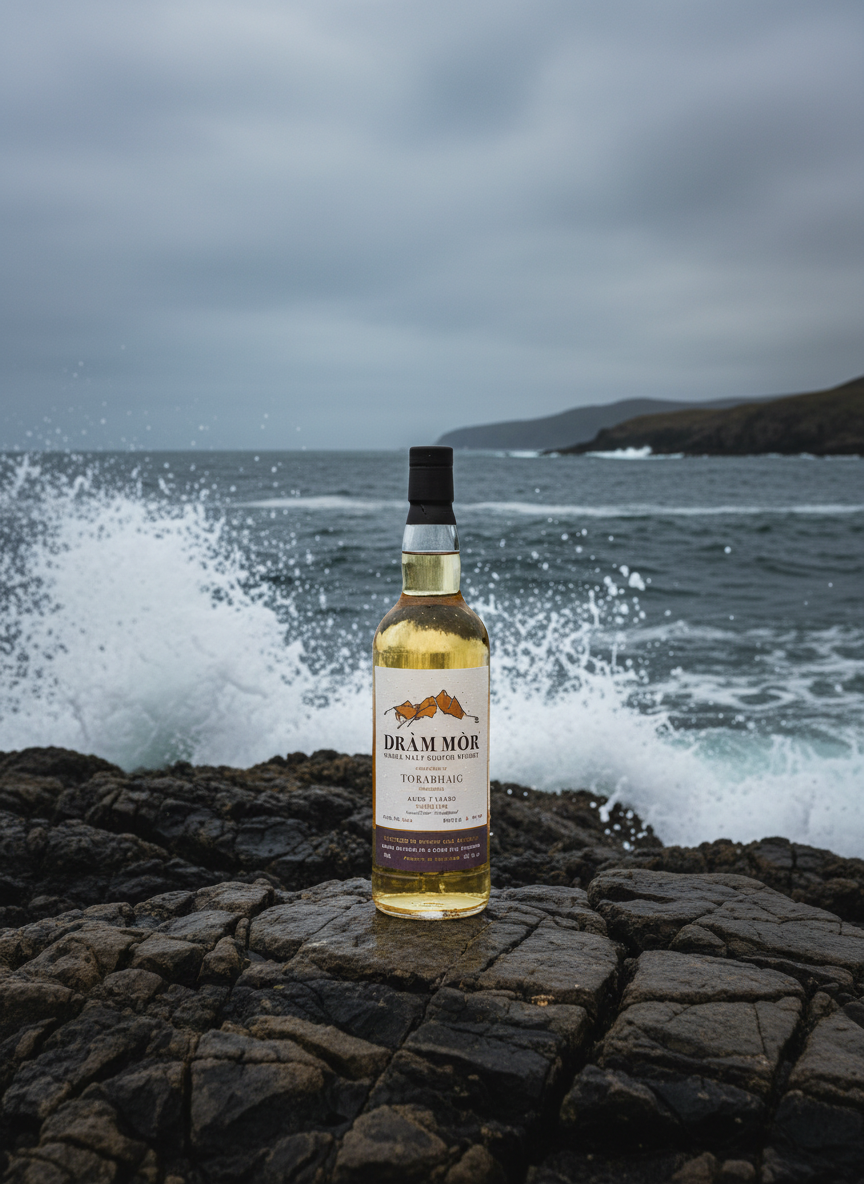
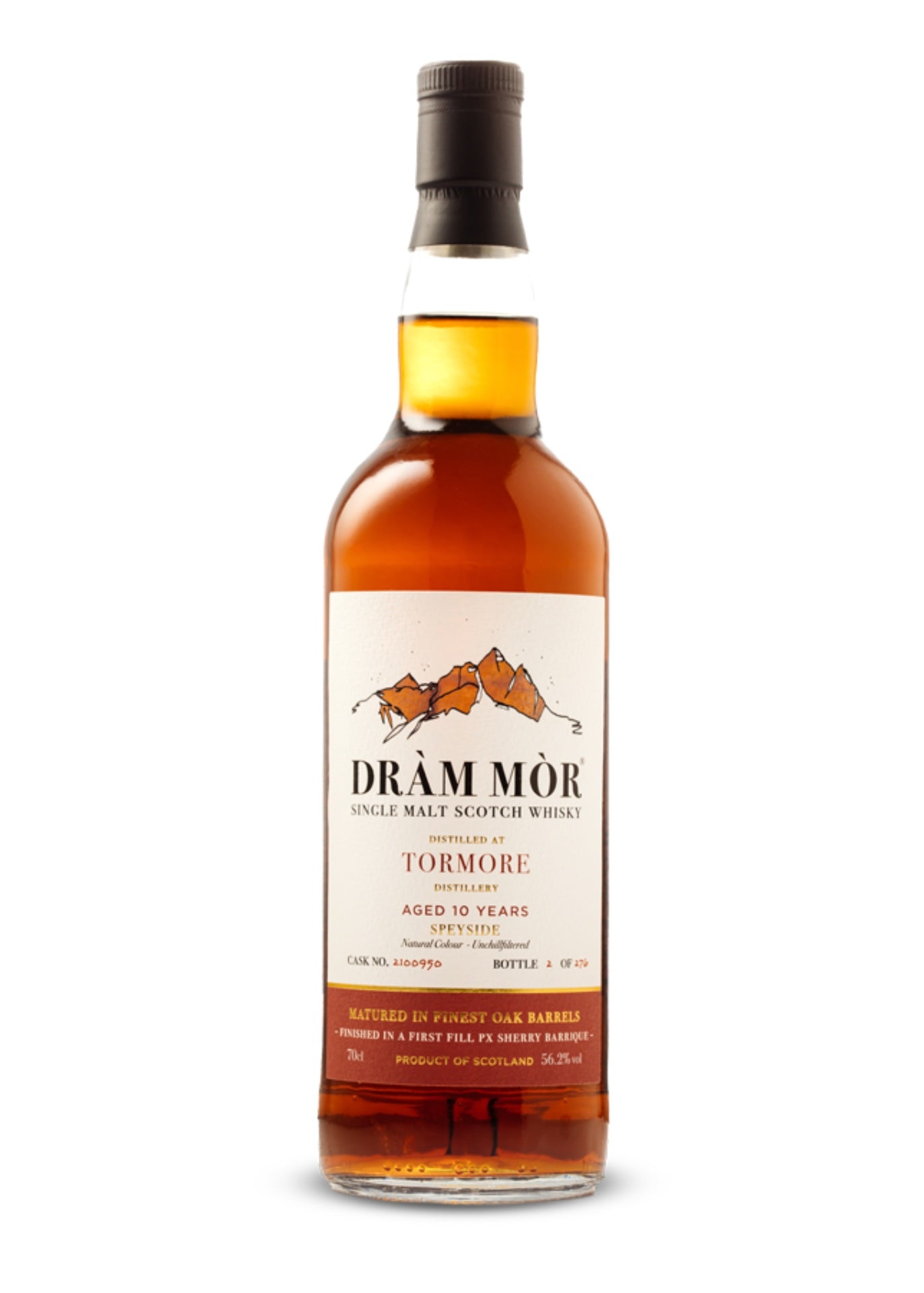
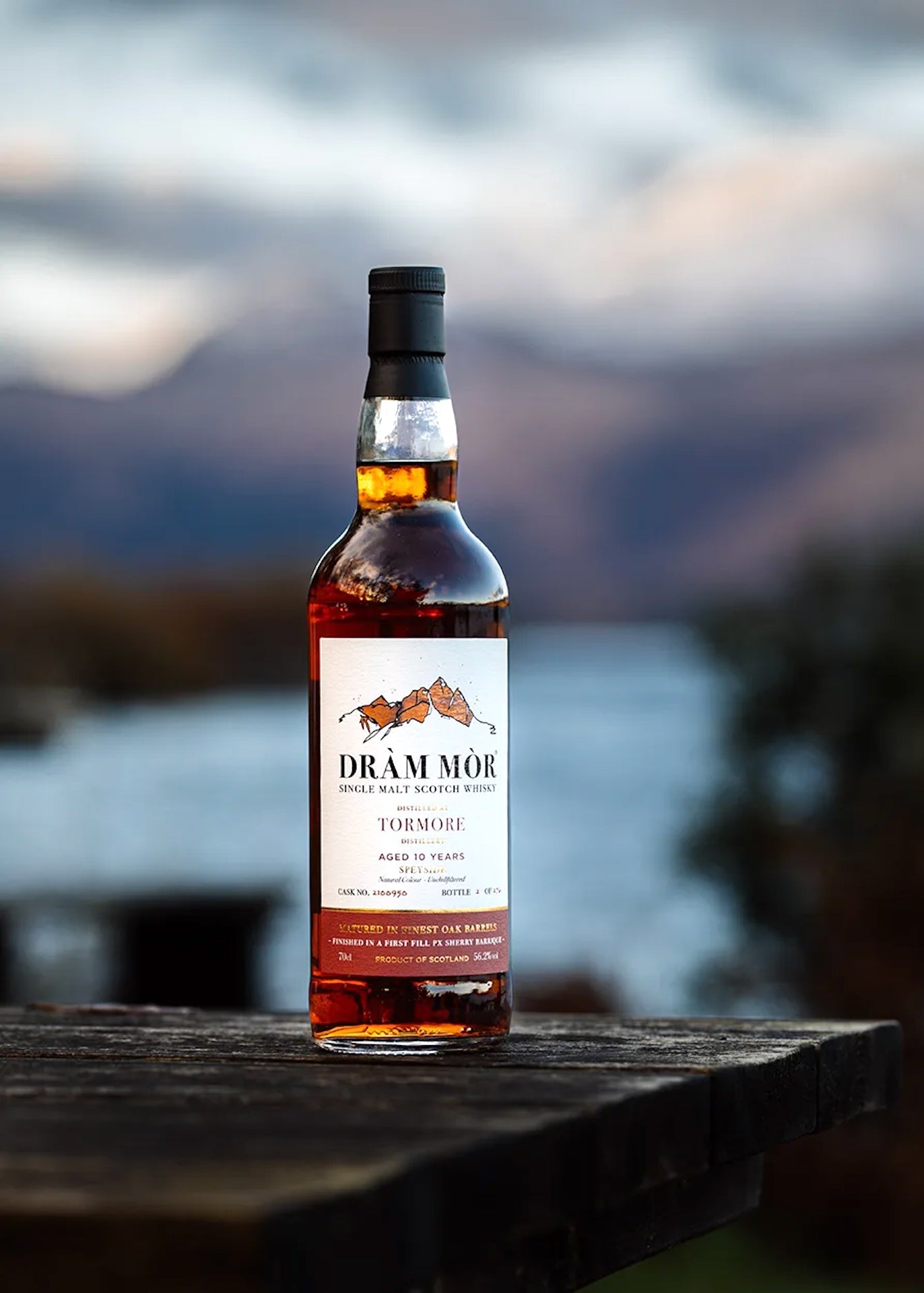
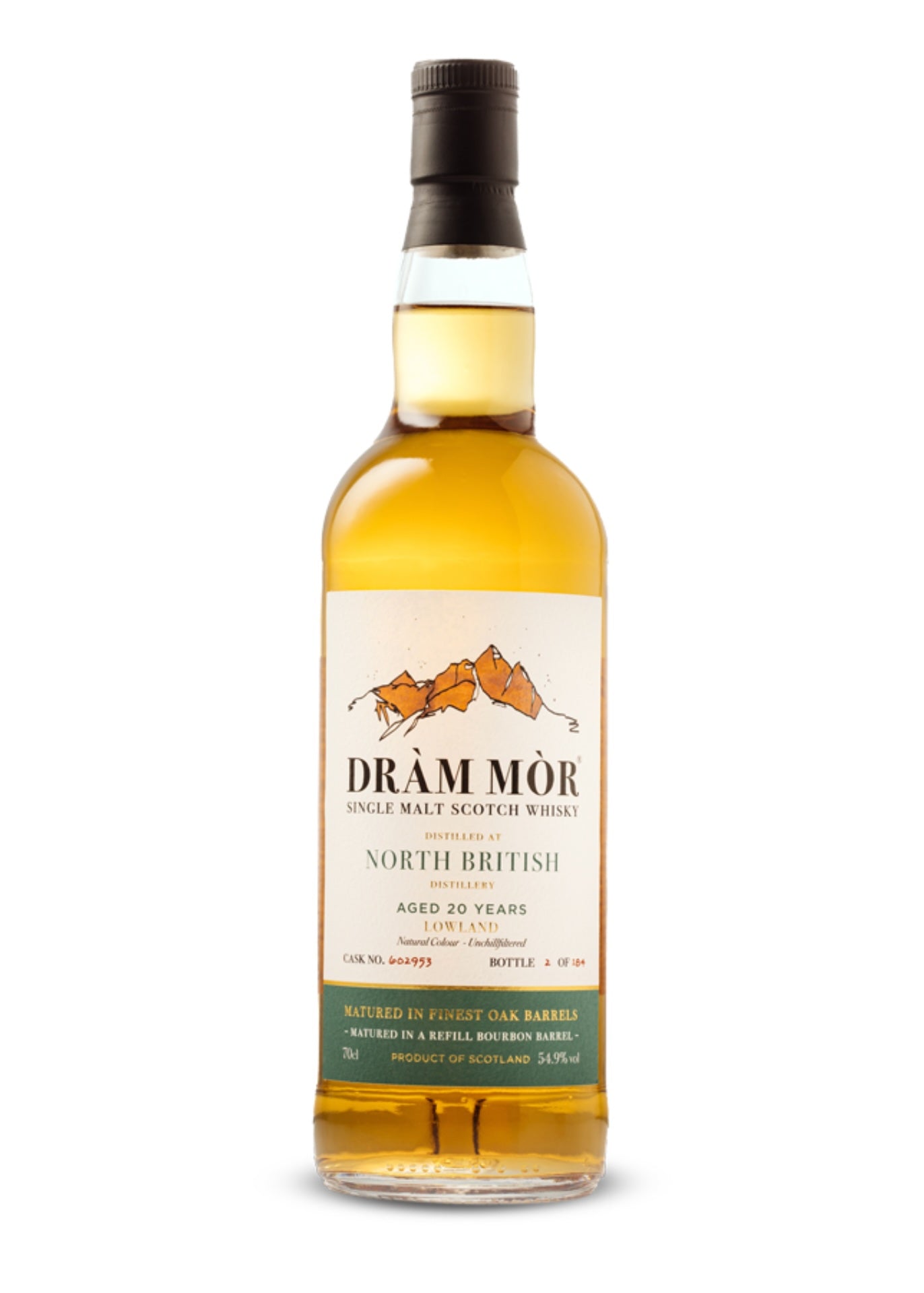
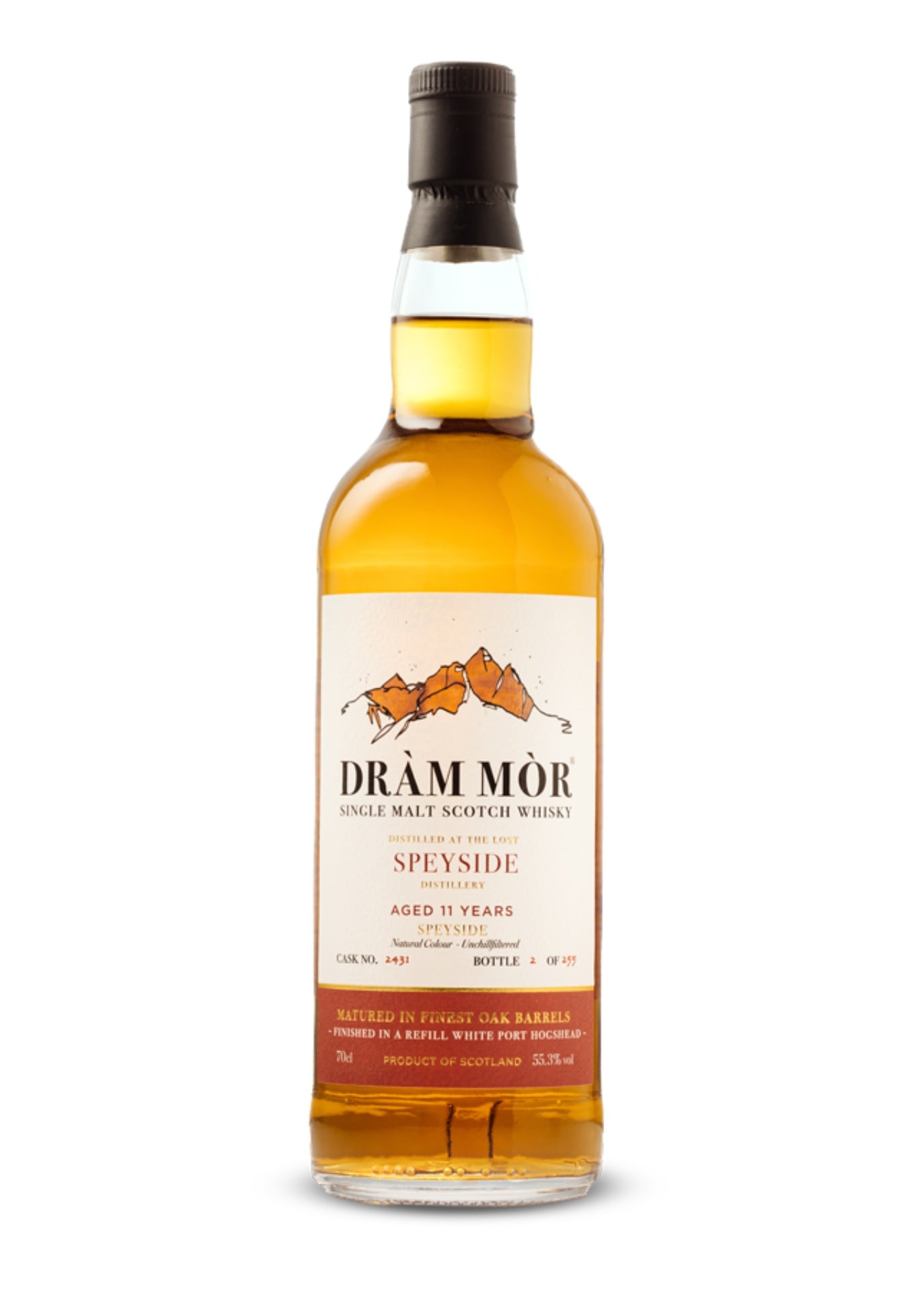
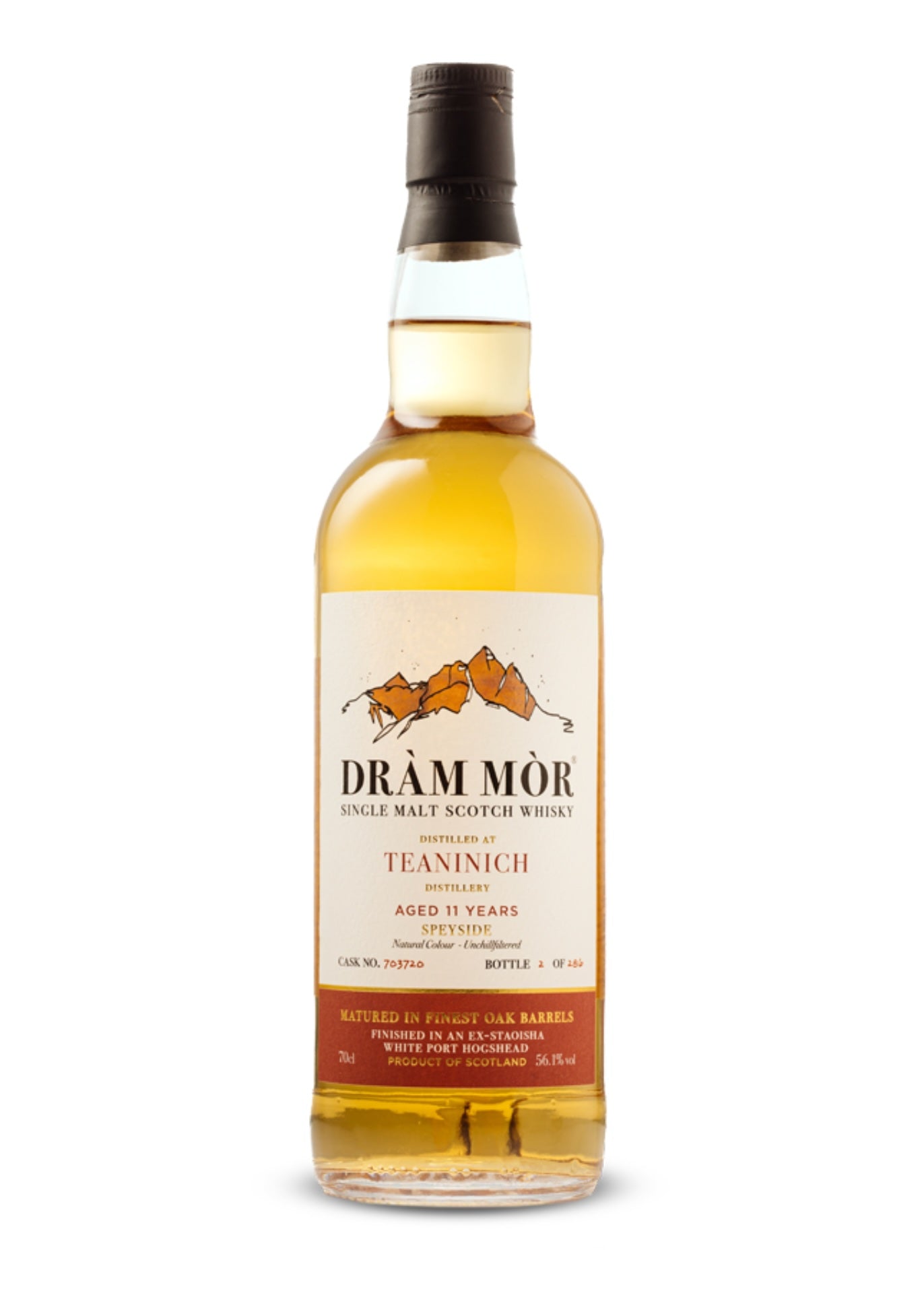
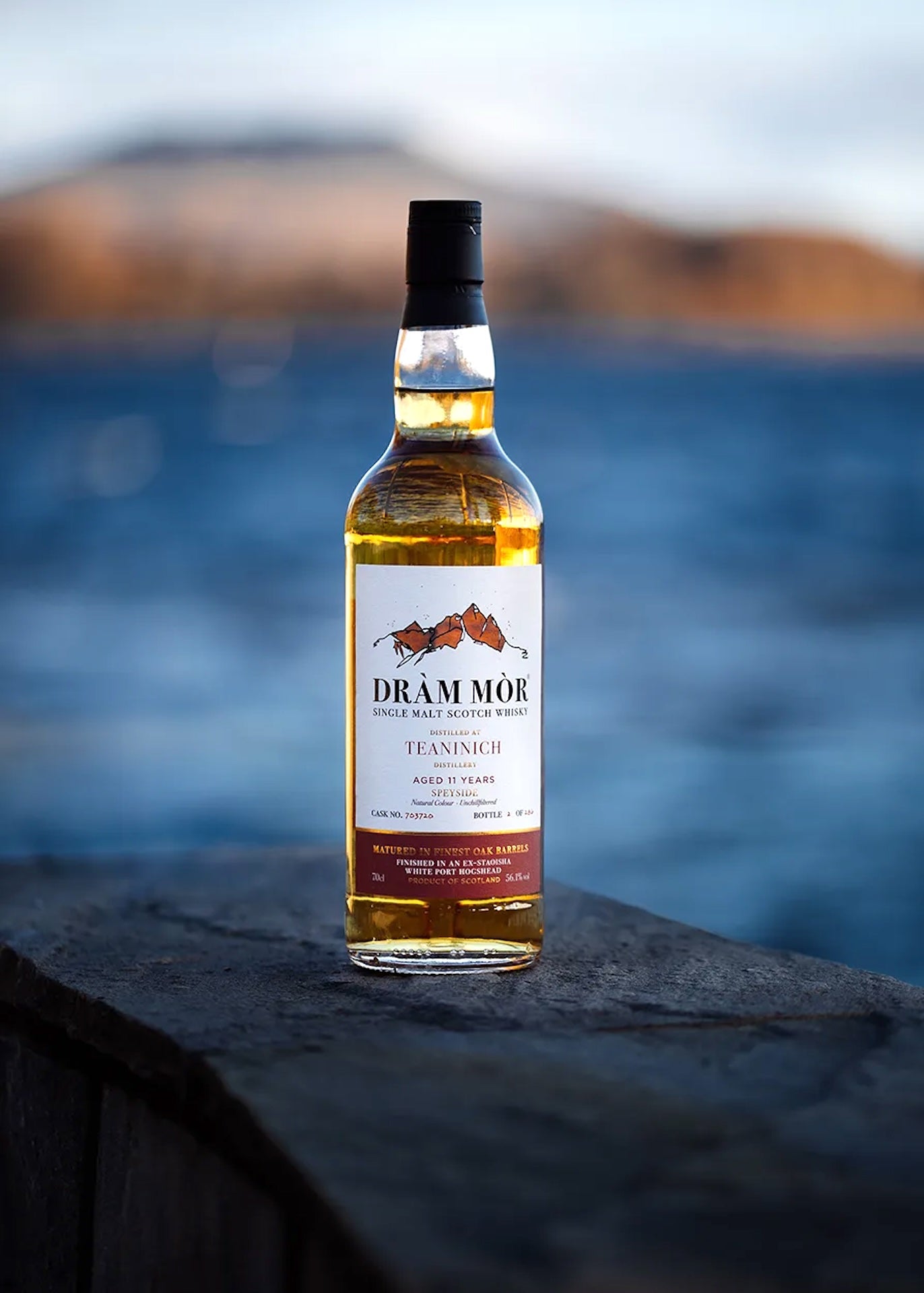
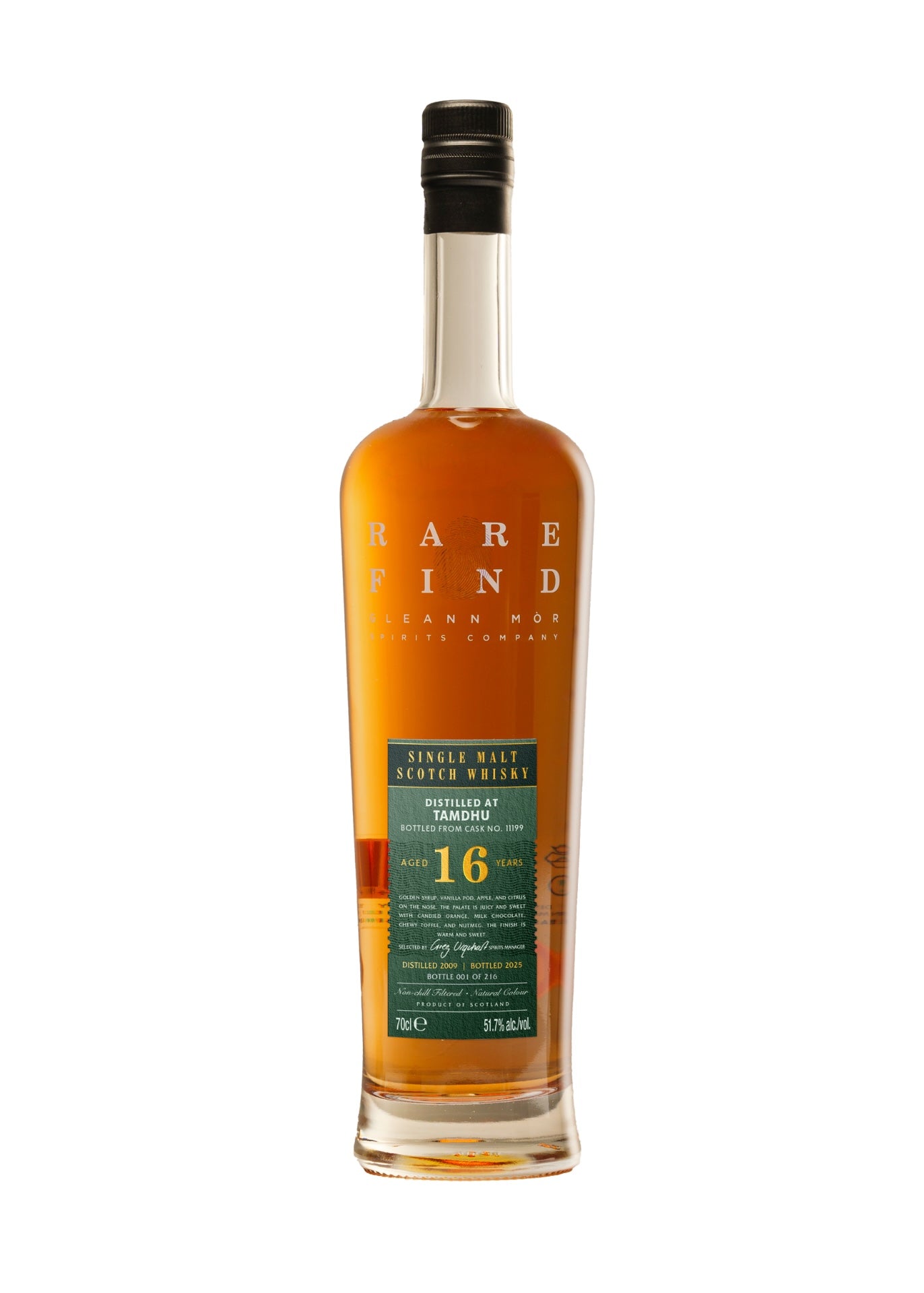
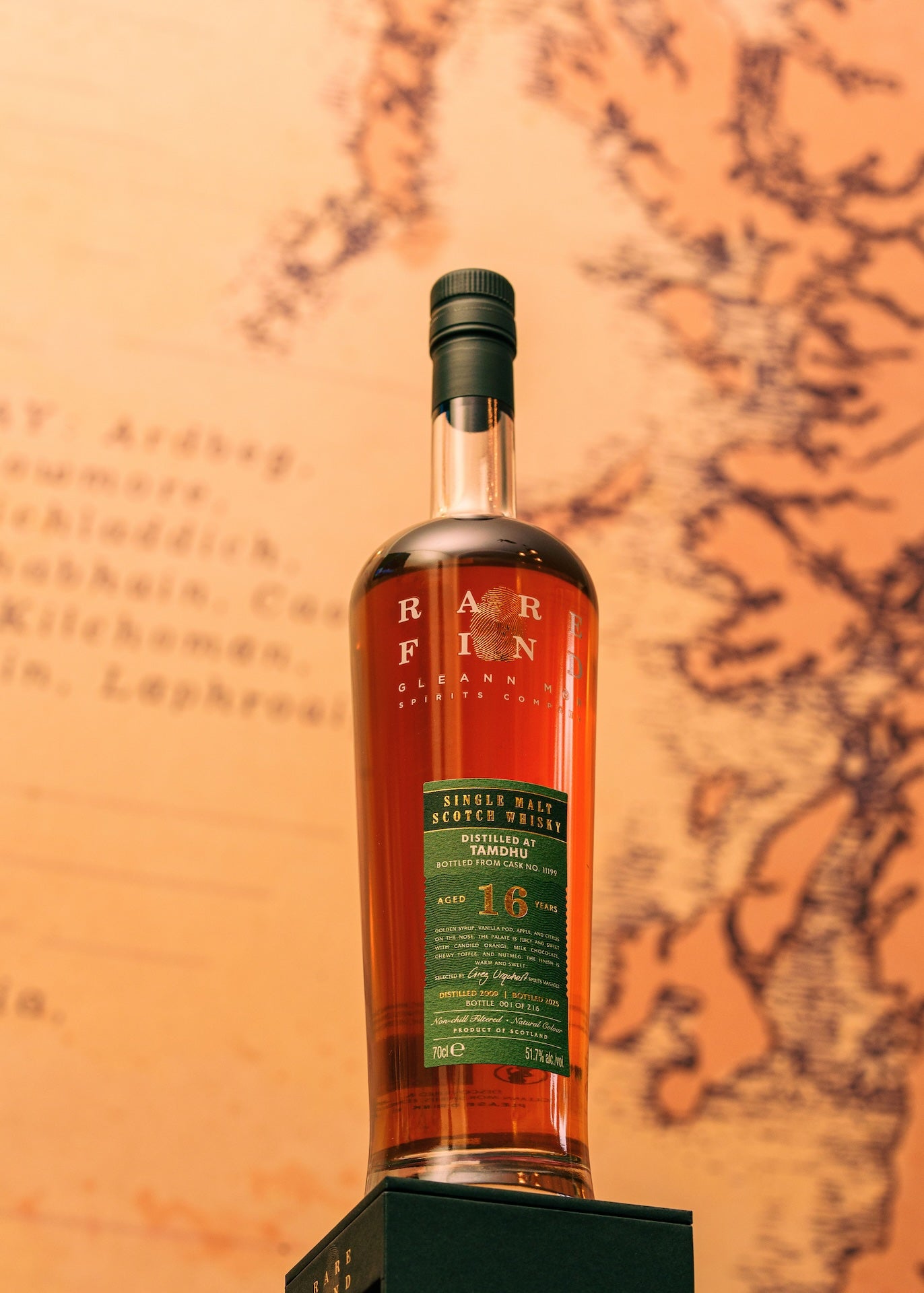
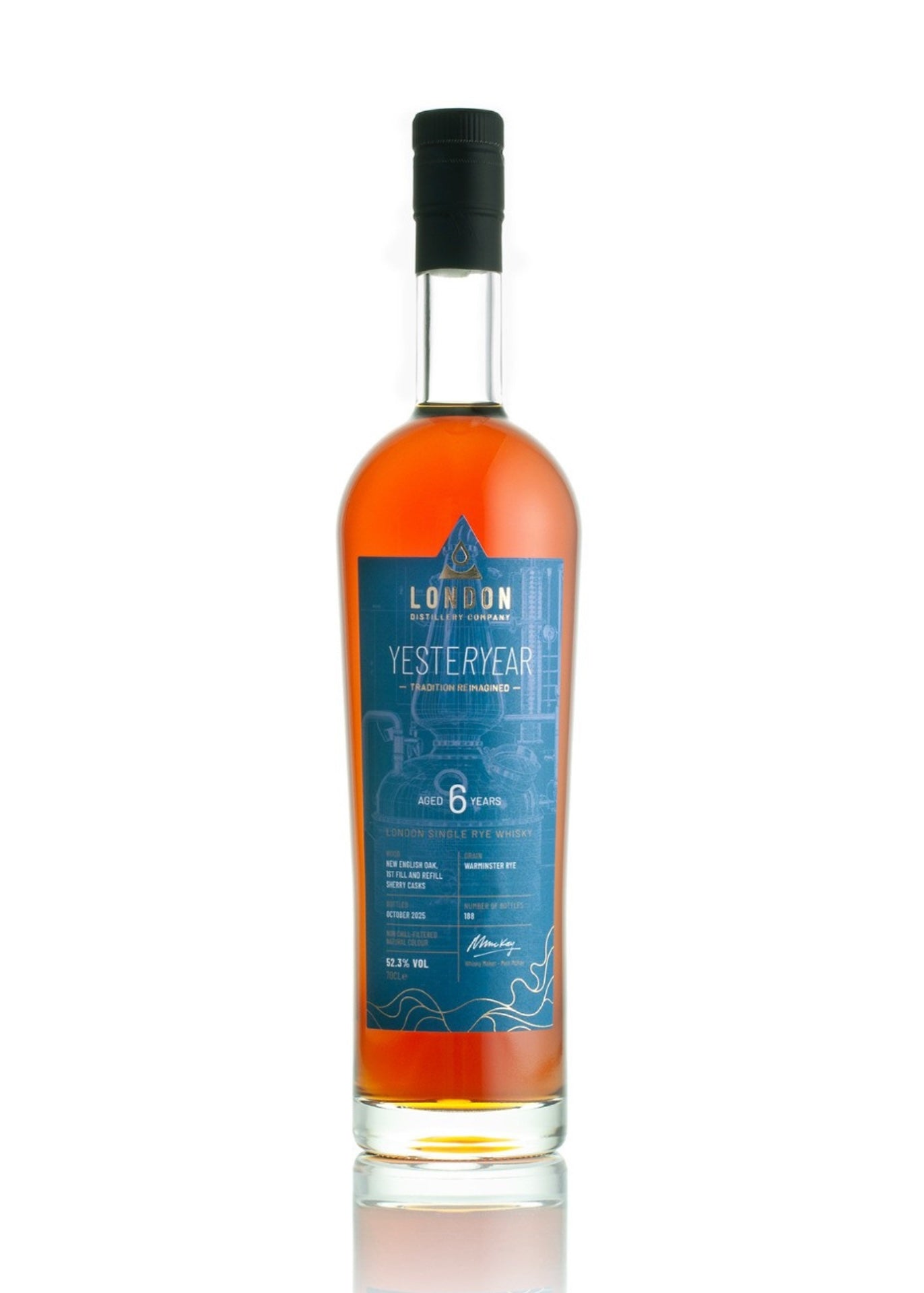
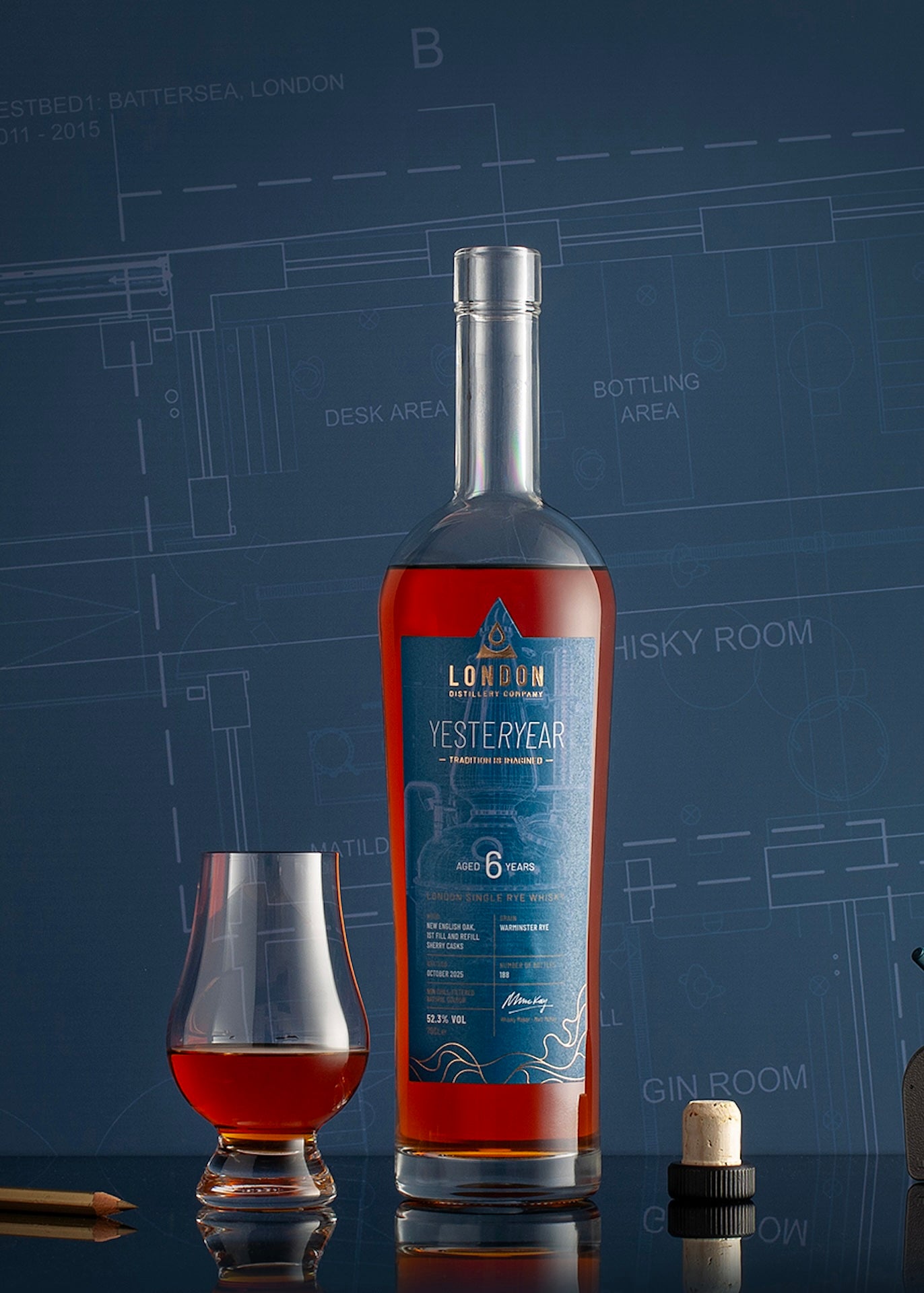
2 comments
Is this included display still for sale.
So yes what is the price and where can I get it in the nabourghood of Cambridge
Willem Kitsz
Has Talisker 18 years old single malt been discontinued.
Joe cowan
Leave a comment
This site is protected by hCaptcha and the hCaptcha Privacy Policy and Terms of Service apply.